Florida Currents
ESCAMBIA RIVER ELECTRIC COOPERATIVE JULY 2025

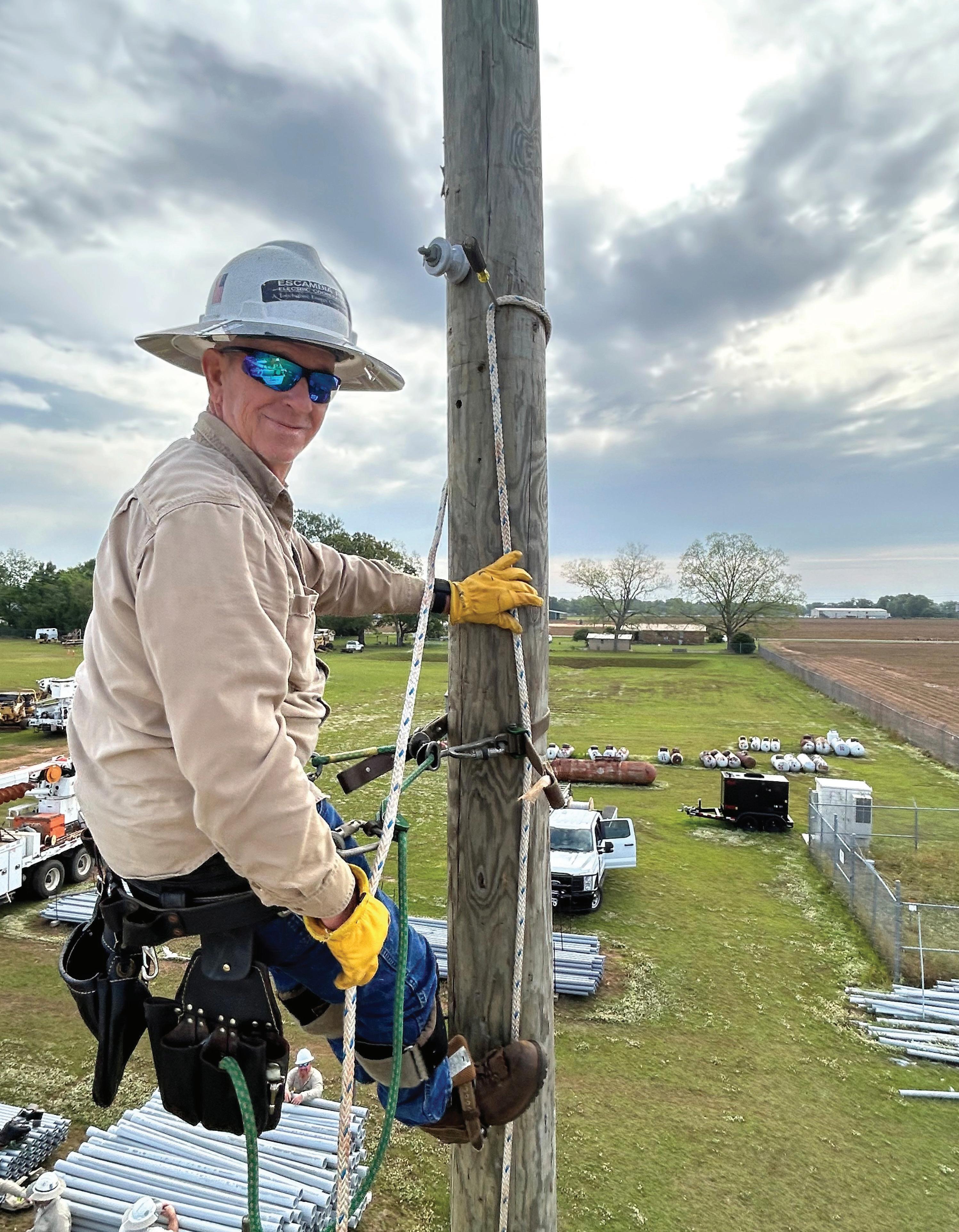
A Heart for



Foreman Gary “Moose” McCaskill has served Escambia River Electric Cooperative for 46 years.









































ESCAMBIA RIVER ELECTRIC COOPERATIVE JULY 2025


A Heart for



Foreman Gary “Moose” McCaskill has served Escambia River Electric Cooperative for 46 years.








































July 2025 • Volume 14, No. 9
CEO Michael Shepard
VICE PRESIDENT OF CONTENT Leon Espinoza
EDITORIAL DIRECTOR Chasity Anderson, CCC
DEPUTY EDITORIAL DIRECTOR
Noble Sprayberry
SENIOR EDITOR Jennifer Paton, CCC
FLORIDA CURRENTS EDITORS
Valeri Saldanha Rosa; Sable Riley, CCC
ASSISTANT EDITORS Victoria Hampton, CCC;
David Herder, CCC
ASSOCIATE EDITOR
Nina Todea
PUBLICATIONS PRODUCTION
SENIOR MANAGER
Elizabeth Beatty
SENIOR PUBLICATIONS COORDINATOR
Alyssa McDougle
Members acknowledge that $4.49 a year, plus postage, is the cost to publish 12 issues a year of FLORIDA CURRENTS ISSN 23276304 (USPS 8300). Published by Pioneer Utility Resources Inc., 5625 NE Elam Young Pkwy. Ste. 100, Hillsboro, OR 97124—a not-for-profit Oregon cooperative corporation—the magazine serves the communication needs of consumerowned electric utilities in Florida. Preferred Periodicals postage paid at Hillsboro, OR 97123 and at additional mailing offices.
Postmaster: Send address changes to 5625 NE Elam Young Pkwy., Ste. 100, Hillsboro, OR 97124-6422.
HOW TO CONTACT FLORIDA CURRENTS
Subscription services:
Nonmember subscriptions $15 U.S. a year; $25 foreign a year. Prepayment required. Allow 4-8 weeks for first issue. Identify local edition desired. Have a problem receiving your magazine? Utility members should contact their utility office. Nonmembers call 503-357-2105 or email mailingdept@pioneer.coop.
Back issues:
Back issues and extra copies are $3 each, prepayment required. Supply is limited. Identify edition, month and year. Call first to check availability. Contact Pioneer Utility Resources: P.O. Box 1306, North Plains, OR 97133-1306; 503-357-2105; email: mailingdept@pioneer.coop.
DISPLAY ADVERTISING INQUIRIES
American MainStreet Publications 611 S. Congress Ave. Ste. 504 Austin, TX 78704-1714; 800-626-1181 or 512-441-5200; amp.coop.
© 2025 Pioneer Utility Resources. All rights reserved. Reproduction in whole or in part without written permission is prohibited. Direct reprint requests to editor@floridacurrents.com or for more information, visit www.pioneer.coop.

As Floridians, we know storms are not a matter of if, but when.
With the heart of hurricane season approaching, Florida’s 18 electric co-ops recently gathered in Ocala for our annual hurricane workshop, hosted by Florida Electric Cooperatives Association. These meetings help us strengthen our storm responses through shared lessons, improved coordination and collaboration with partners.
This year, EREC and Talquin Electric shared experiences from tornadoes and rare snow and ice events—proof that Florida weather is changing and unpredictable. By working together before disaster strikes, we become more resilient.

We heard from Duke Energy and Marion County Emergency Management, reinforcing how critical it is to build relationships with utilities and emergency agencies.
While we can’t control the weather, we can control how we prepare.
Florida’s electric co-ops remain united in our mission: restoring power quickly, safely and together—no matter what Mother Nature sends our way.
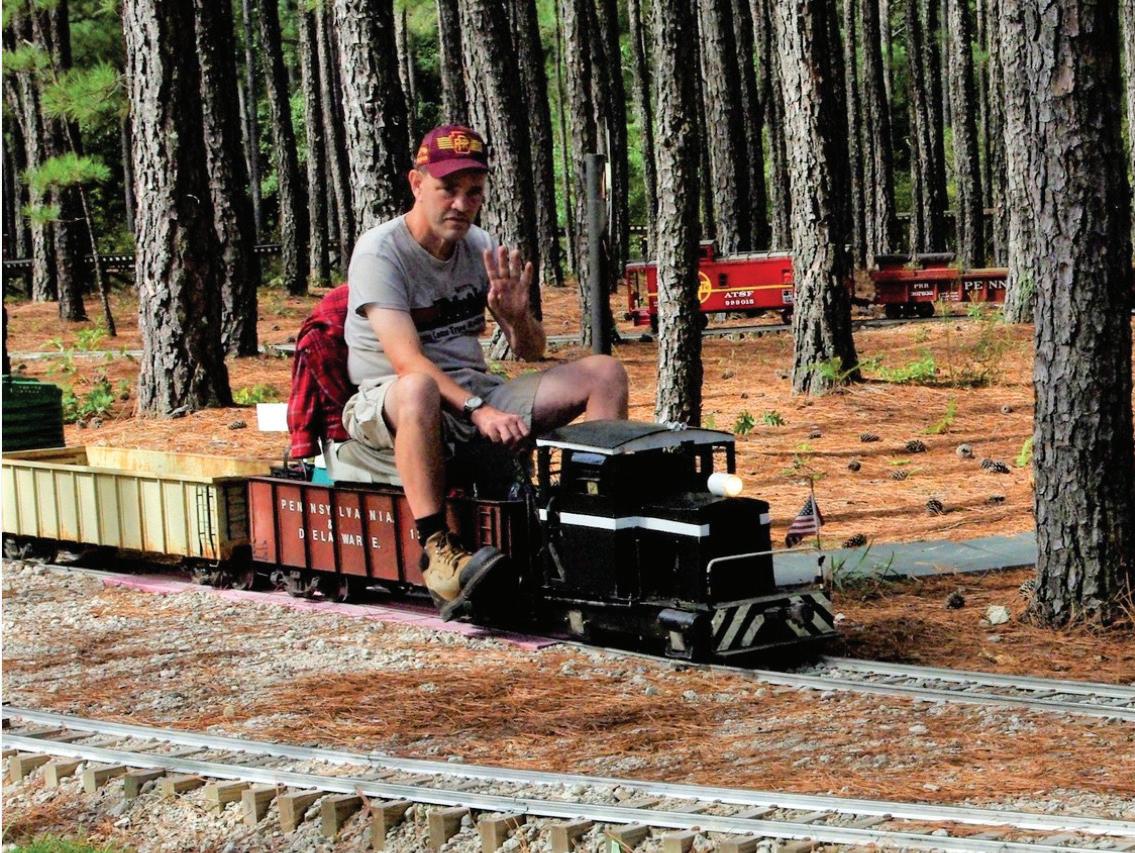

As an Escambia River Electric Cooperative member, you’ve likely heard our substations mentioned when we discuss infrastructure upgrades, high-speed internet availability, outage areas or power restoration efforts after hurricanes. Ever wonder which substation serves your home or how these vital facilities got their names? Let’s explore the stories behind the namesakes of these critical pieces of our electrical grid.

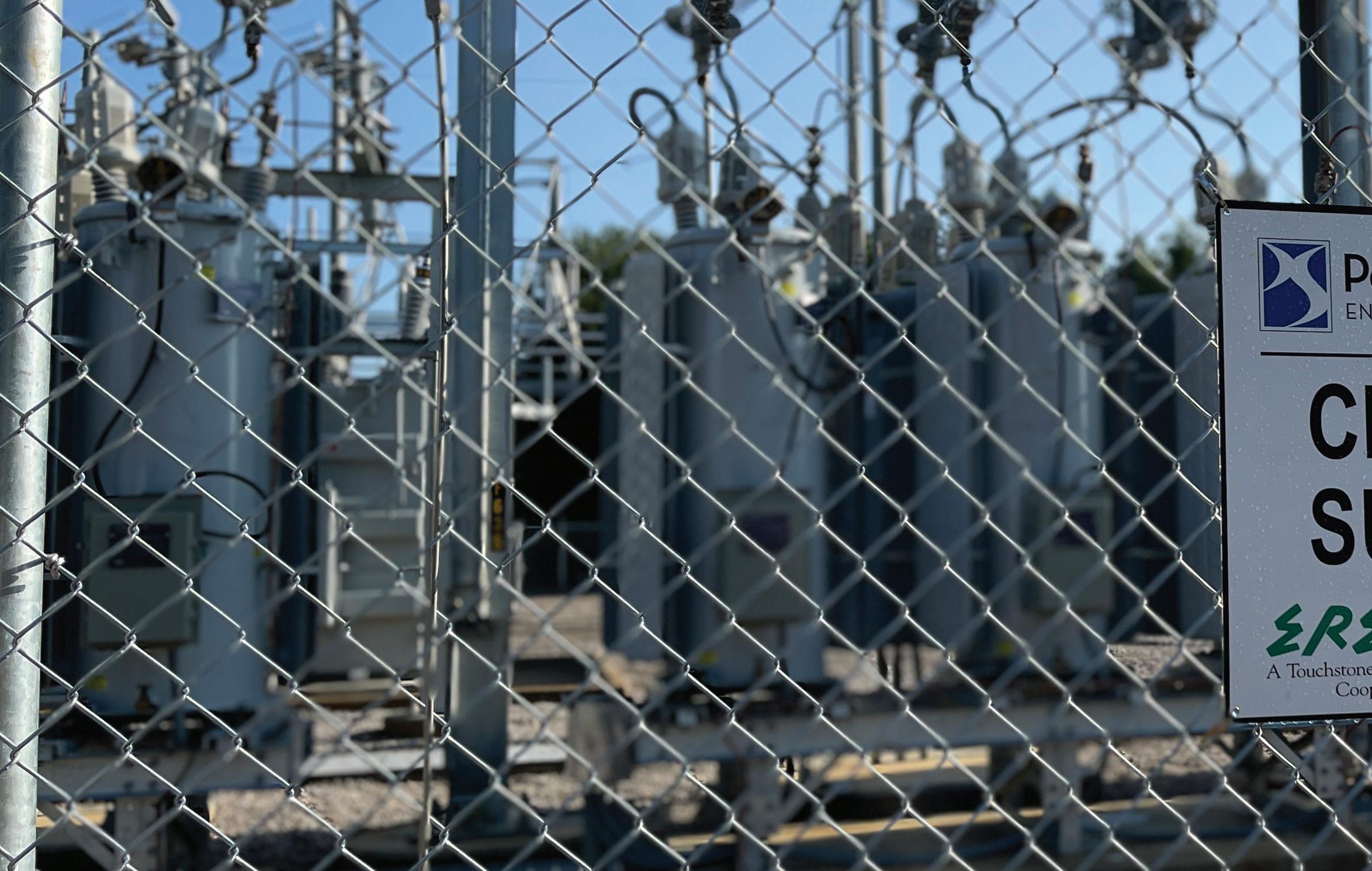
Allentown Substation
974 meters
Located in the quiet, close-knit Allentown community, this substation provides a reliable electric service to area farms, homes and small businesses.
Completed just last month, this substation underwent the most dramatic upgrade in the region. Its original 5 megavoltamperes capacity was rebuilt to 20 MVA—a 300% increase. This substantial investment is key to preparing for anticipated population and energy demand growth in the area. Like other major upgrades, it includes the use of durable concrete poles and a new 115-kilovolt transmission line to enhance long-term reliability.
Chumuckla Substation
1,189 meters
Jay Substation
2,576 meters
Serving the town of Jay and surrounding areas, this is one of the largest substations in Santa Rosa County. It supports residential, commercial and agricultural needs, and plays a critical role in local economic development.
Munson Substation
1,213 meters
Tucked into the Blackwater River State Forest region, Munson Substation serves a mix of forested homesteads and outdoor recreation sites, ensuring dependable power deep in the pines.
Named after the historic community it supports, Chumuckla Substation powers rural neighborhoods and agricultural lands that form the heart of central Santa Rosa County.
This substation was completely rebuilt and reenergized in July 2024. Its capacity rose from 12.5 MVA to 20 MVA—a 60% increase— adding enough power to serve about 2,000 additional homes. The project significantly improves service reliability and ensures the system is ready for future demand.

Wallace Substation
2,751 meters
Strategically located near the fast-growing Wallace area, this substation is one of the highest-capacity sites in EREC’s system. It supports a growing number of families and businesses moving into northern Santa Rosa County.
In September 2024, a partial rebuild and expansion began, boosting capacity from 14 MVA to 20 MVA—a 42% increase. The project, completed in December 2024, helped maintain consistent and reliable service during the area’s rapid development. It also includes the addition of 115-kV concrete pole transmission lines for improved efficiency and resilience.
Wye Substation
1,334 meters
Wye Substation is named for its original electrical setup, which was designed in a Wye configuration—a specific type of electrical connection used in substations and distribution networks. In this design, three power lines connect at a common neutral point, forming a “Y” shape. This substation serves the Berrydale, Whitfield, Fidelis and Dixonville areas.
This map highlights the locations and service areas of Escambia River Electric Cooperative’s northern substations across Escambia and Santa Rosa counties. Each substation plays a vital role in delivering reliable electricity to our members.
Bratt Substation
1,542 meters
Aptly named for its location, this substation serves members in the Bratt community. Surrounded by farmland and residential homes, Bratt Substation is a key power hub for this rural area of northern Escambia County.
Oak Grove Graham Substation
2,192 meters
Oak Grove Graham Substation was built in partnership with PowerSouth Energy Cooperative to replace an aging Oak Grove Substation. This facility was updated in 2012 to expand capacity from 9.375 MVA to 20 MVA to better serve the Oak Grove and surrounding communities. The “Graham” in the name honors the nearby Graham family farm and longstanding community ties.
Not sure which substation powers your home? Call our office. Our member service team will quickly look up your service location and tell you which substation you’re connected to.
Knowing your substation can help you stay informed about upgrades, restoration updates and internet availability in your neighborhood.
As July rolls in with longer days and rising temperatures, it also brings the increased potential for severe weather. Summer storms can arrive quickly and hit hard, sometimes causing significant damage to essential electric equipment throughout our community.
Escambia River Electric Cooperative is always prepared to respond swiftly to outages and restore power safely, but it’s also important for homeowners to understand which parts of the electric system are their responsibility and which are maintained by the co-op. Understanding these key differences can help speed up repairs and ensure everyone stays safe when the weather turns rough.
EREC is responsible for maintaining and repairing the equipment and lines that run to your home, including utility poles, distribution power lines, electric meters and padmounted transformers.
Cooperative members are responsible for the equipment between the electric meter and their home or business, including any underground service lines that lead into the structure and the service panel.
Members are also





responsible for the weatherhead and service mast outside the home.
If any equipment the homeowner is responsible for is damaged, they should call a licensed electrician to conduct the repairs. A professional has the experience and know-how to assess and manage these repairs.
When severe weather damages electrical equipment, it’s important to note any necessary repairs to the homeowner’s equipment must be conducted before EREC crews can restore power to the home or business. By understanding the equipment members are responsible for, the repair and restoration process can be smoother and faster.
Our community takes great pride in the beautiful trees and landscaping that contribute to the area’s natural beauty. However, regular trimming is essential to ensure reliable electric service and minimize damage from severe weather. EREC regularly trims trees throughout its service territory to improve service reliability.
If you spot a tree limb obstructing a distribution power line outside your home, call the co-op so it can trim those limbs and maintain those lines.
Any overgrown limbs or vegetation around the service line is the homeowner’s responsibility. In these cases, the homeowner should call a professional tree trimming service to assist.
By working together to understand the essential equipment that powers daily life, all parties can be prepared to start any necessary repair and restoration process.
If you have any questions about your electrical equipment, EREC is here to help. Contact the cooperative at 850-675-4521.








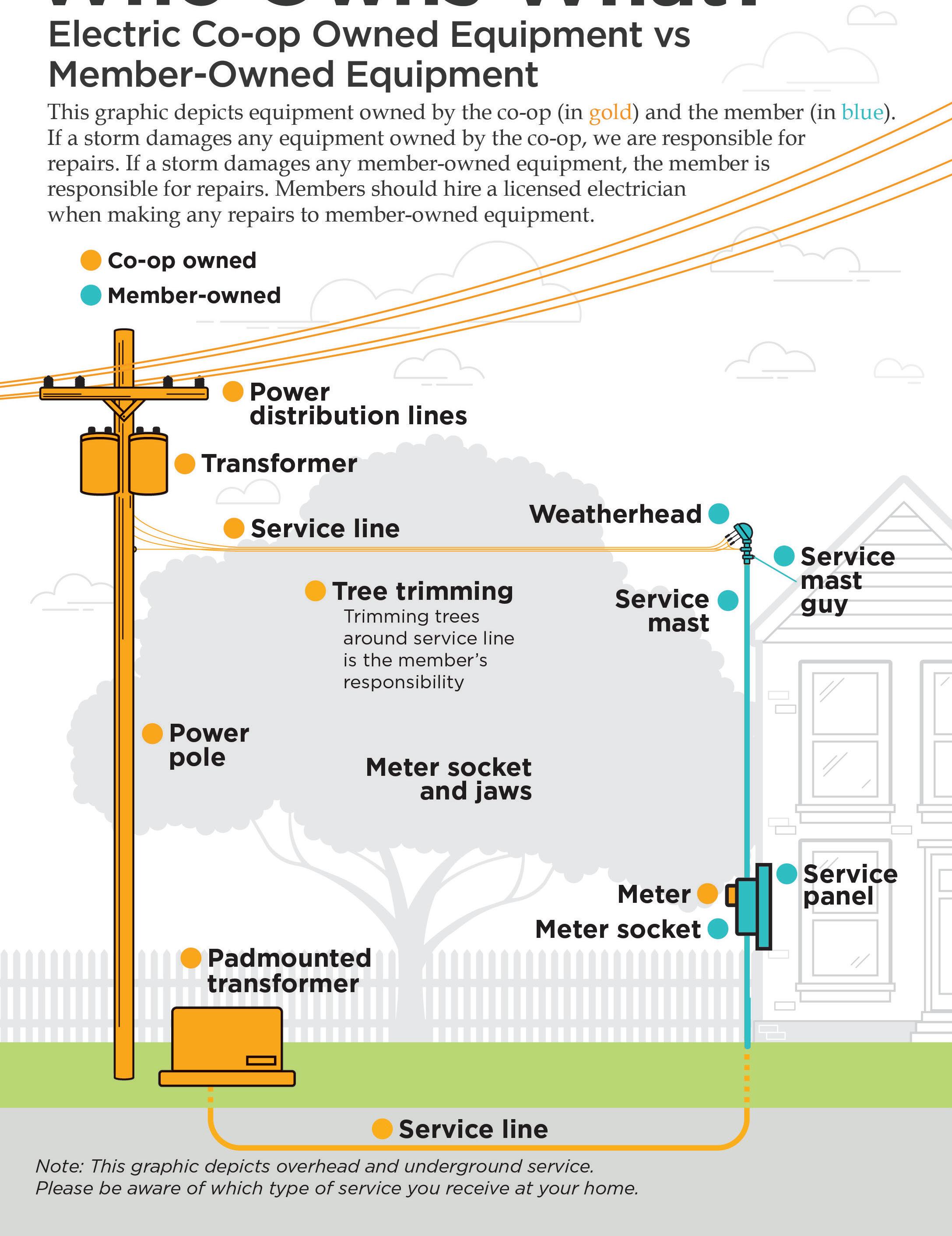











































































By Melanie Jones


Florida is known the world over as a vacation destination and an angler’s paradise. But what people might not know is that the Sunshine State is also a hotbed of train activity.








CSX and FEC are headquartered here, and Norfolk Southern and Amtrak crisscross the landscape. Then there are the small-scale replica railroads winding through yards, woods and parks. These tracks transport 1.5-scale replicas of steam engines, box and passenger cars big enough for an adult to climb aboard and ride.






Steamers and Railroad laid their tracks on land shared with Jacksonville. Visitors and new members are welcome, and children’s parties are not uncommon.

“It started out as a private enterprise,” club President Robert Corriveau says.


Chugging Along





Club members keep these trains running, regularly doing maintenance and laying more track. They hold regular workdays and ride the rails together. There are even regular state inspections.

Unlike some live steam railroads built on private property for private use, members of Northeast Florida Live



The club started in 1996 with a relatively







— Robert

small number of members who worked together to lay tracks on privately owned property in Boswick.

When the group outgrew its space there, members moved the railroad to Florida Agricultural Museum in Palm Coast, where it remained until that property was sold. Northeast Florida Live Steamers and Railroad then settled into its current
home at New World Sports Complex in Jacksonville.















“Now we have a lovely 300-acre preserve that we have tracks running all over it,” Robert says.


At the sports complex, club members maintain 8 to 9.5 miles of track. It’s





The more cars you have, the bigger dog you are.

Railroad president












constantly growing, so it’s hard to get an exact count.


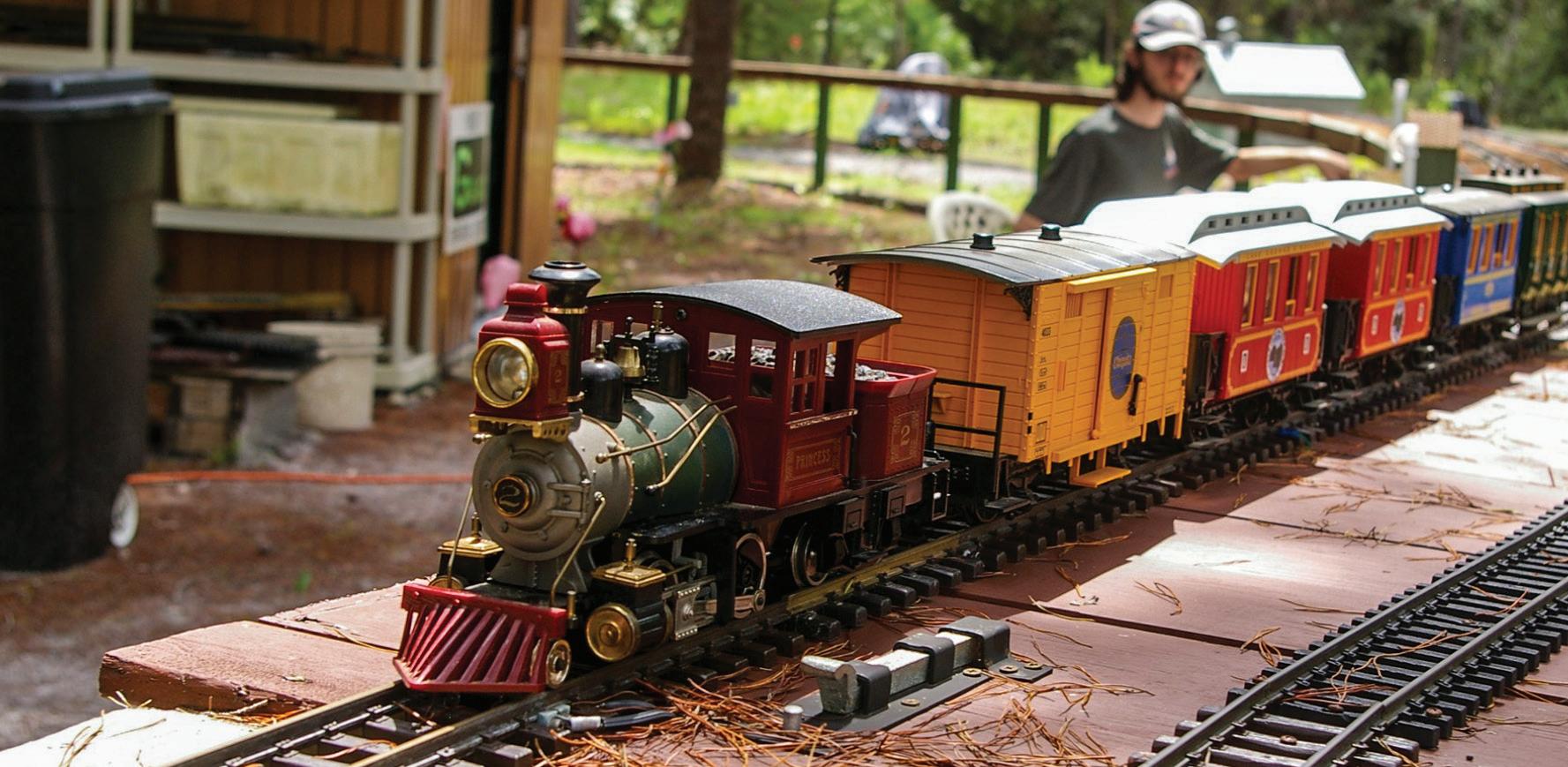







“We build as we can afford,” Robert says.








A train ride at Northeast Florida Live Steamers isn’t just a trip to nowhere. Partway through the ride, passengers can get off to see the group’s other prize jewel—a G-gauge train set similar in size to those seen beneath some Christmas trees. build says.



















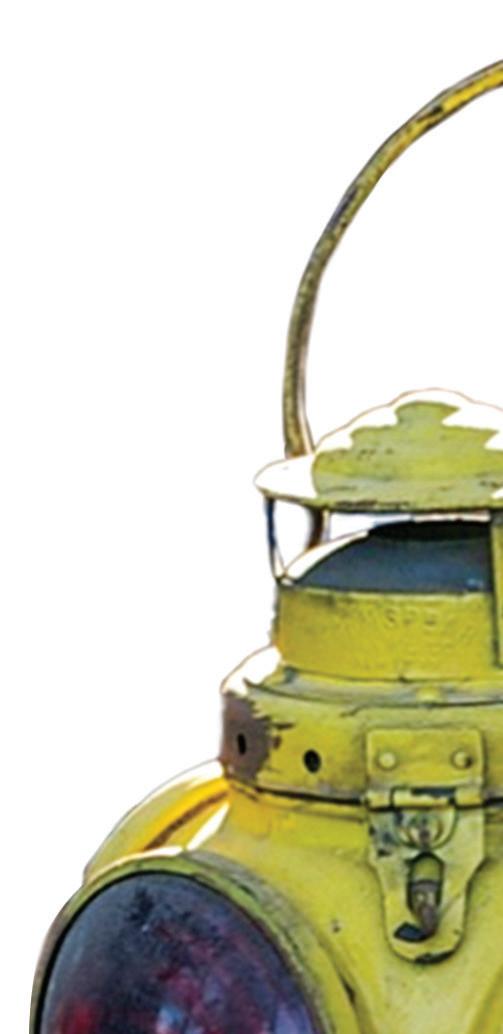
















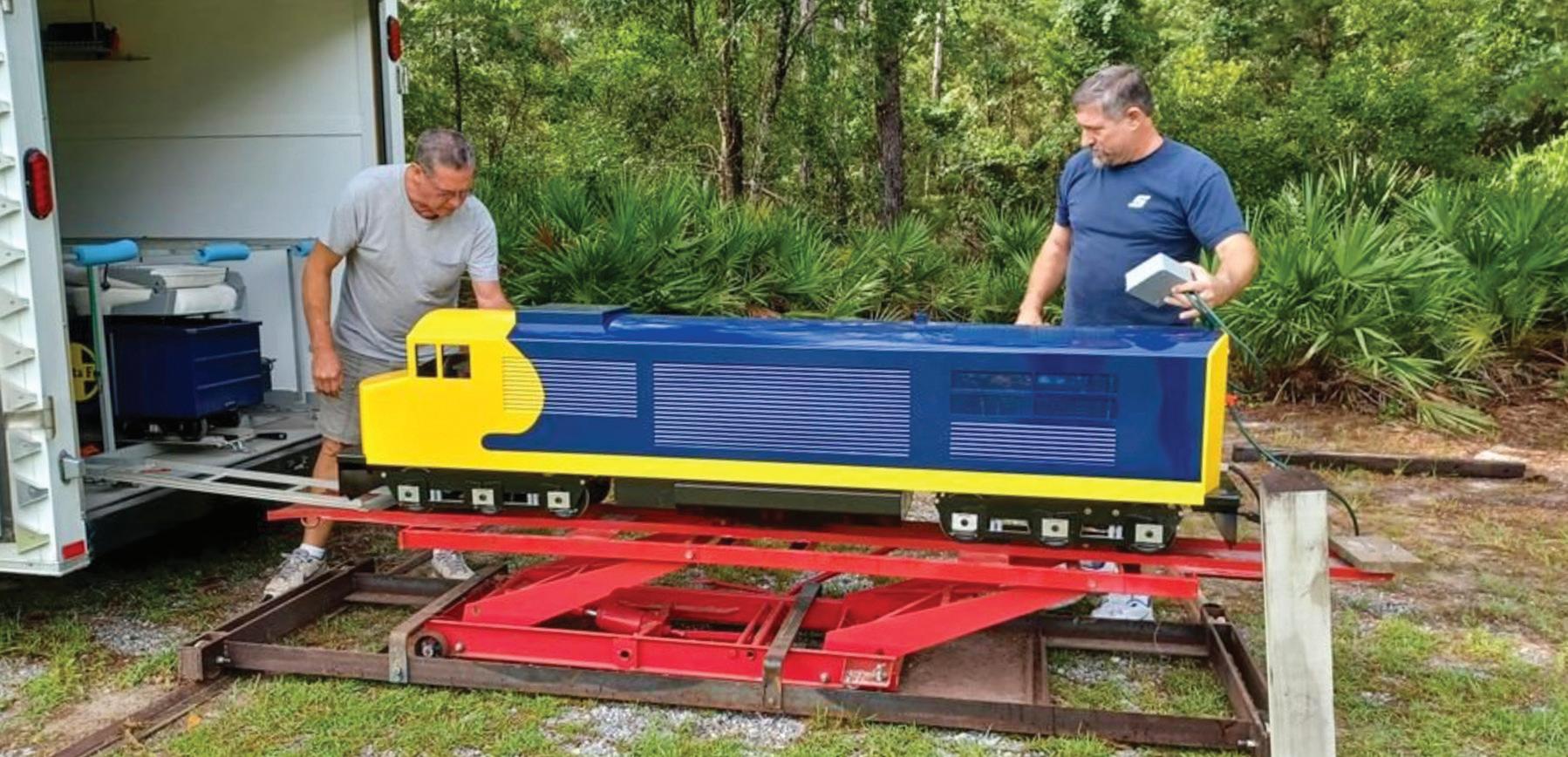

Northeast Florida Live Steamers Duval County northeastfloridarailroad.com
Largo Central Railroad
Largo Central Park, Largo lcrailroad.org





After some time watching the G-gauge, riders can hop back on the live steamer and ride back to the station.
The nonprofit organization accepts donations and is always looking for new members. While anyone is welcome to join, the club is specifically interested in attracting younger members.




Central Pasco and Gulf Railroad
Crews Lake Park, Spring Hill cp-grr.com







“Our primary age is upper 60s and 70s,” Robert says.




“Some people can get into it for about $2,000,” he says.
To make the hobby more affordable, Northeast Florida Live Steamers has shared trains.

Railroad Museum South Florida Lakes Park, Fort Myers rrmsf.org
Tradewinds & Atlantic Railroad
Tradewinds Park, Fort Lauderdale livesteamers.org
Ridge Live Steamers Dundee ridgelivesteamers.org


“If you want to come out and join our club, you don’t have to have equipment,” Dave says.
He says some folks just ride the trains “while we’re doing the grunt work or the work that they can’t concentrate on.”




That may be because live steamers can be an expensive hobby.






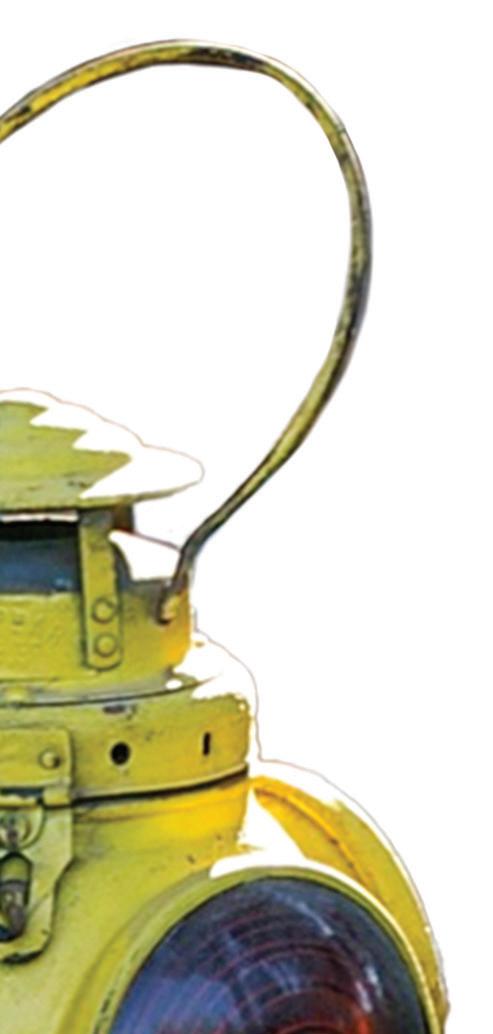









Club Vice President Dave Nicol spent about $20,000 on a steam locomotive three years ago. Locomotives can range from $2,000 to $100,000, depending on the size and type. Some members have multiple engines, and most have cars to


spent $20,000 can from the pull.






The expense isn’t just the trains. There are transportation costs. Trailers are necessary to haul everything.


“These things are 8 to 9 feet long, so it takes up a lot of space,” Robert says. “I’d say Dave’s engines are about 1,000 pounds.”

Big Boots & Western Railroad Candler bigbootsrr.com
Manatee Central Railroad Parish
Sebring System Railroad Sebring













Some engines weigh in at as little as 100 pounds, and owners of battery-operated engines can take the batteries out and easily transport them.


“The average person or average family just doesn’t have $20,000 to drop on the train,” Dave says.






“But the freight cars would probably be about 400, 500 pounds apiece, give or take,” Robert says.





“Dave’s is actually a real working steam engine, so it’s really kind of cool,” Robert says. However, some locomotives are smaller and cheaper.










The cars that run behind the locomotives run about $2,000 apiece, but someone who is mechanically minded can save money by building their own.


“It’s kind of cool,” he says. “The more cars you have, the bigger dog you are.”



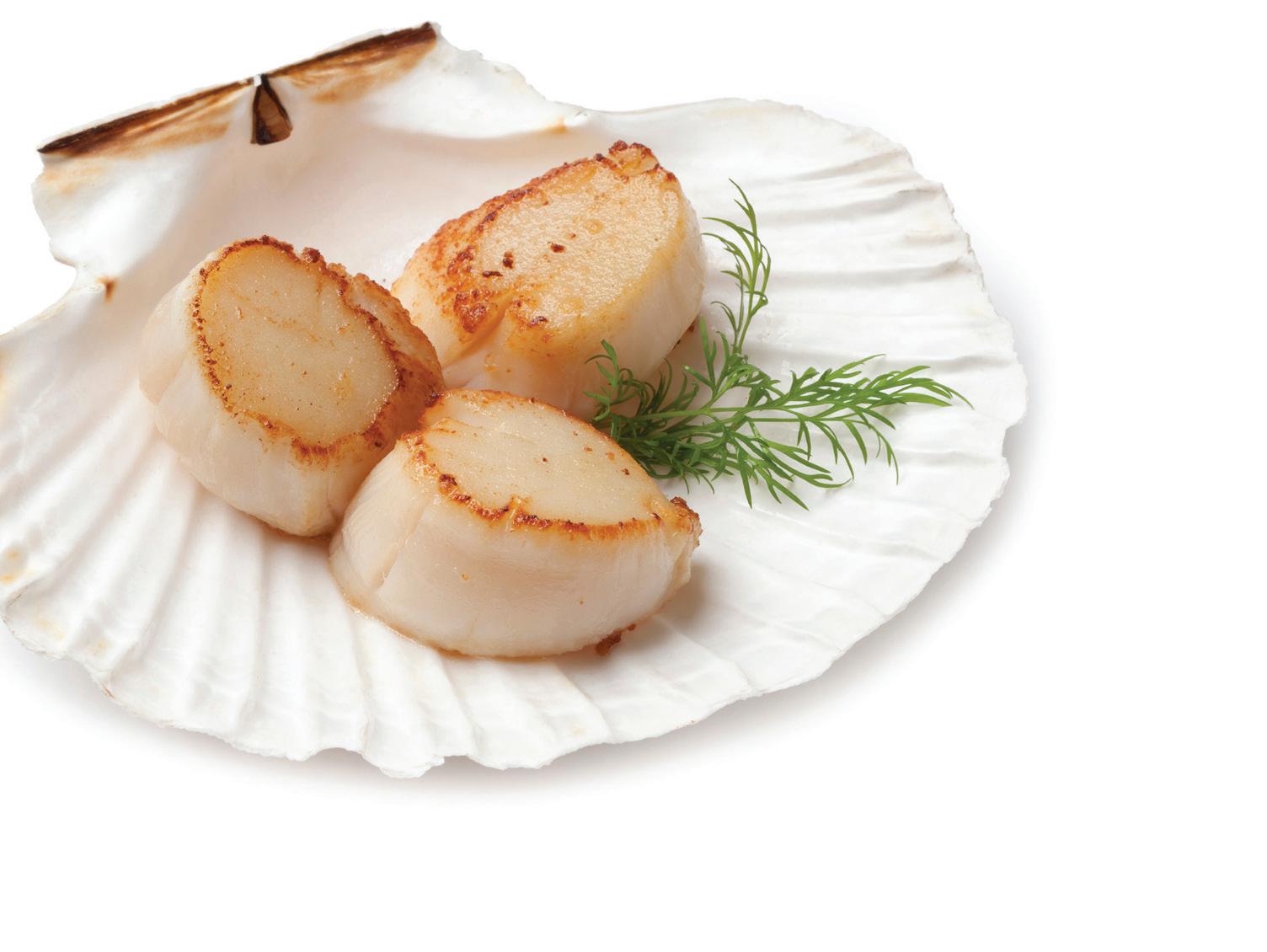
By Chere Coen
Island Paradise Charters’ Capt. Larry Sheehan sails a family off the coast of Port St. Richey to snorkel in the shallow seagrass fields. Their goal is to find and retrieve enough bay scallops to fill their daily limit, then return home with dinner for the group. It’s an easy fishing experience during a short summer window—snorkeling in the warm shallow Gulf, looking for the trademark blue eyes of the scallops and snatching up the bivalves.
“In our backyard, the waters are crystal clear,” Larry says. “It’s a great environment for the scallops.”
A scout heads out first, looking for the best fishing spot. Then Larry and his group of up to 38 scallopers follow with snorkels, fins and special mesh bags. One person stays on board while the other divers fish for scallops.
“It’s almost like an Easter egg hunt,” Larry says. “You can simply reach down with your own bare hands. You don’t need anything special.”
Capt. Curt Romanowski, a retired firefighter, usually brings visitors into
the Gulf to hunt for fish with his Florida Backwater Charters. But come summer, it’s all about the scallops. He brings up to six people on his boat for a four-hour trip, providing all the gear, Florida fishing licenses and a cooler.
“Once they reach their limit, we’ll ride out to Anclote Island, and they’ll swim and just hang out and relax,” he says. “It’s a lot of fun and a great trip for the whole family.”
Scallop seekers don’t require much—just snorkeling gear, Florida fishing licenses and a diver’s flag. Dinner lies within reach on the seagrass floor.
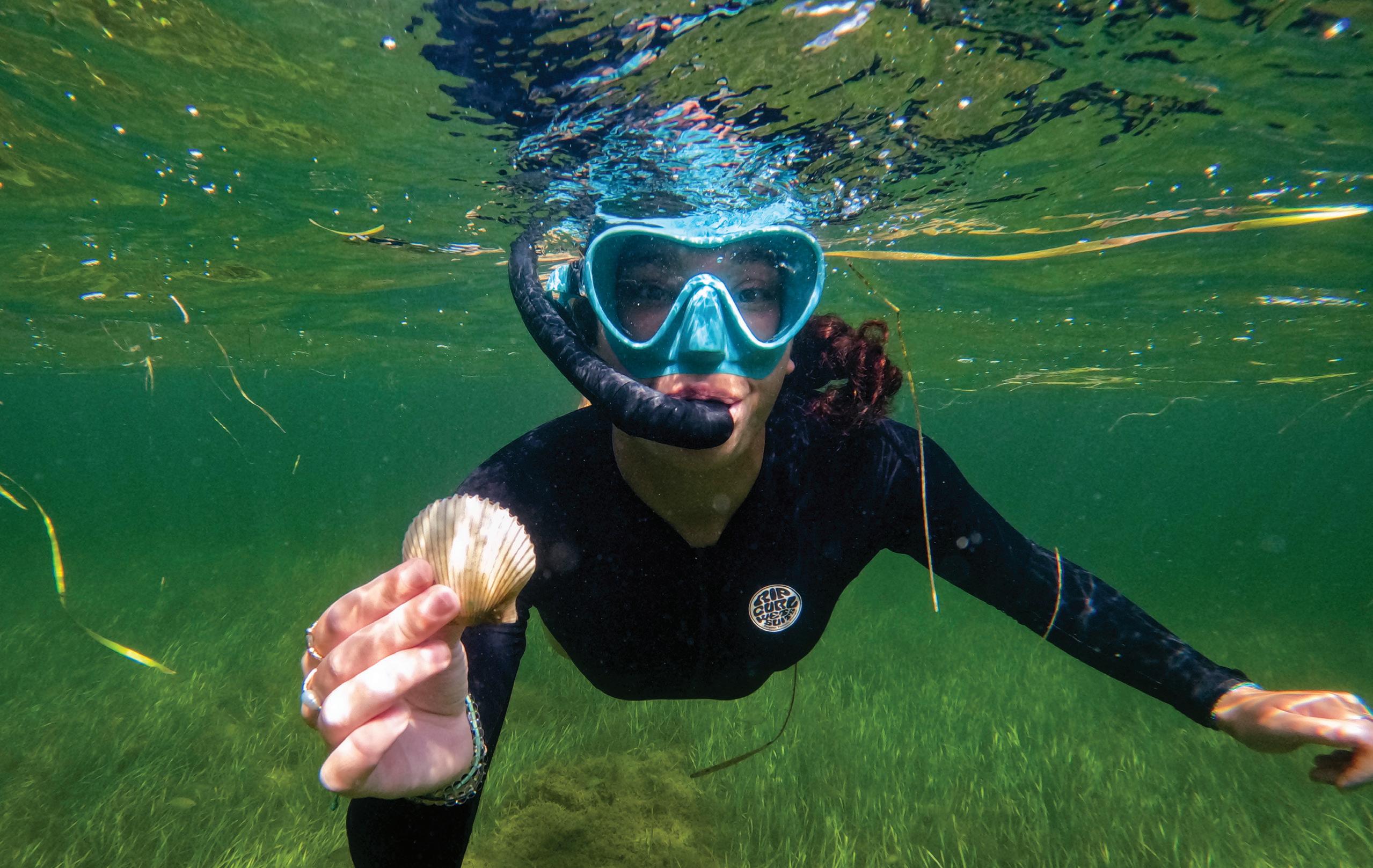
“Anybody can do it,” Larry says. “You don’t need to be a seasoned diver.”
Scallop season is longest in the Gulf waters surrounding Crystal River, from July 1 through Sept. 24. Licensed master captains at tour company Nature’s Discovery take out private groups of up to six people to scallop. Those who are unfamiliar with snorkeling or find the sport daunting can add an in-water guide to the tour to assist with the dive, Nature’s Discovery Director Hina Couch says.
“Those from out of state usually get a guide,” she says.
What are bay scallops?
Unlike their larger bivalve cousins served in restaurants, bay scallops live in shallow seagrass beds. Sea scallops resemble marshmallows with a thicker texture, while bay scallops are smaller, more tender and sweeter.
Bay scallops are found along Florida’s Gulf Coast, from Port St. Joe near the Panhandle south to Tarpon Springs. They were once abundant on the east coast of Florida, according to the Florida Fish and Wildlife Conservation Commission. However, their numbers there have decreased significantly over the years, and they are no longer harvested on the Atlantic side.
Bay scallops have short lifespans, and they are sensitive to storms and other environmental disruptions. Conservation efforts are essential, and strict fishing seasons are enforced. The only fishing for Florida bay scallops occurs in small segments in summer, with the shortest season in Pasco County and the longest season near Crystal River.
Swimmers typically spot the tiny blue eyes of bay scallops resting in seagrasses. The mollusks propel themselves through the water by opening and closing their shells.
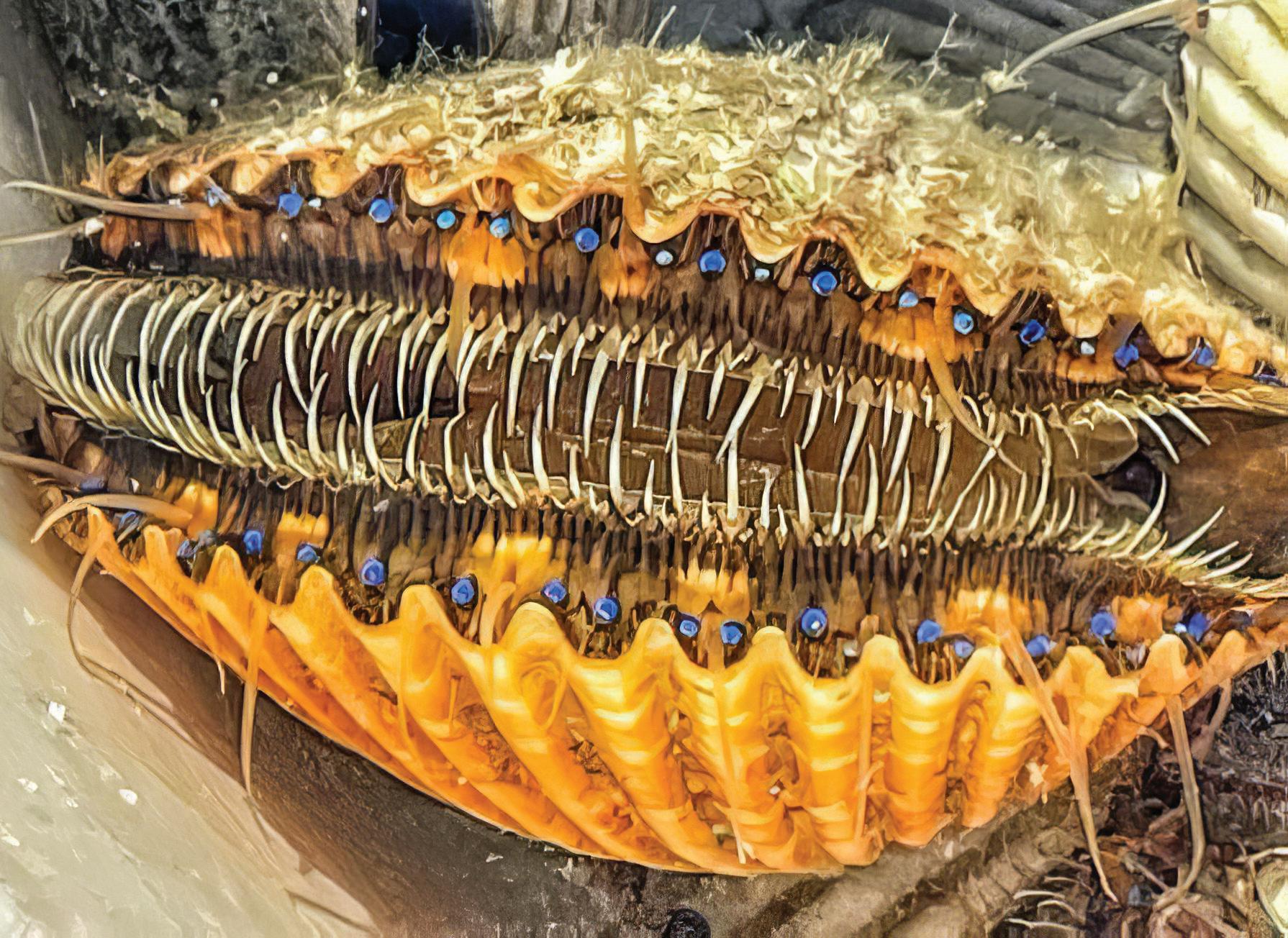
“Their shell looks like the one on the Shell gas station,” Curt says.
Captains bringing snorkelers out of Crystal River with Nature’s Discovery tours have 45 minutes before they hit open waters, so they educate their customers on the scallops’ life cycle, migration, reproduction and habitat in Gulf seagrasses and more. They teach how to fish for scallops without harming the environment.
“Our captains are very educated, and most of them are local,” Hina says. “They do a rundown before they put you in the water.”
The daily bag limit for scallops varies. Most allow for 2 gallons of scallops per person, but the limit is less than that early in the summer for the Fenholloway through Suwannee River Zone. It’s best to check the Florida Fish and Wildlife Conservation and Commission website for details and updates.
All divers must use a Divers Down Warning Device—a flag—in the water, on the boat or both, and snorkelers must remain within 300 feet of the flag. Boats moving inside the range of divers must run at idle speed. The commission recommends one person stay on the boat to keep track of snorkelers.
Once the scallops are removed, the shells should be discarded in trash containers. Discarded shells in seawater may be harmful to recreational swimmers in rivers and can damage seagrass habitats, according to the FWC.
Scallop season begins first in the Suwannee River Zone—southwest Taylor and Dixie counties—on June 15 and continues through Labor Day. Franklin, Wakulla and northwest Taylor counties and the area surrounding Crystal River—Levy, Citrus and Hernando counties—start the season July 1, and it
runs through Sept. 24. The season in the Pasco Zone—New Port Richie area—is July 10 through Aug. 18. In Gulf County closer to the Panhandle, the season runs the latest, from Aug. 16 through Sept. 24.
Hina encourages those who wish to fish for scallops to do so earlier in the season. Even though the area around Crystal River has the longest season, running through the end of September, hurricanes sometimes disrupt plans closer to September.
Because scalloping is such a popular sport, the waters of the west coast of Florida fill up with boats during those few weeks each summer.
“You’ll see so many boats out there in the shallow waters,” Larry says, adding that’s why it’s so imperative to have dive flags marking where snorkelers are swimming. “You have to be mindful.”
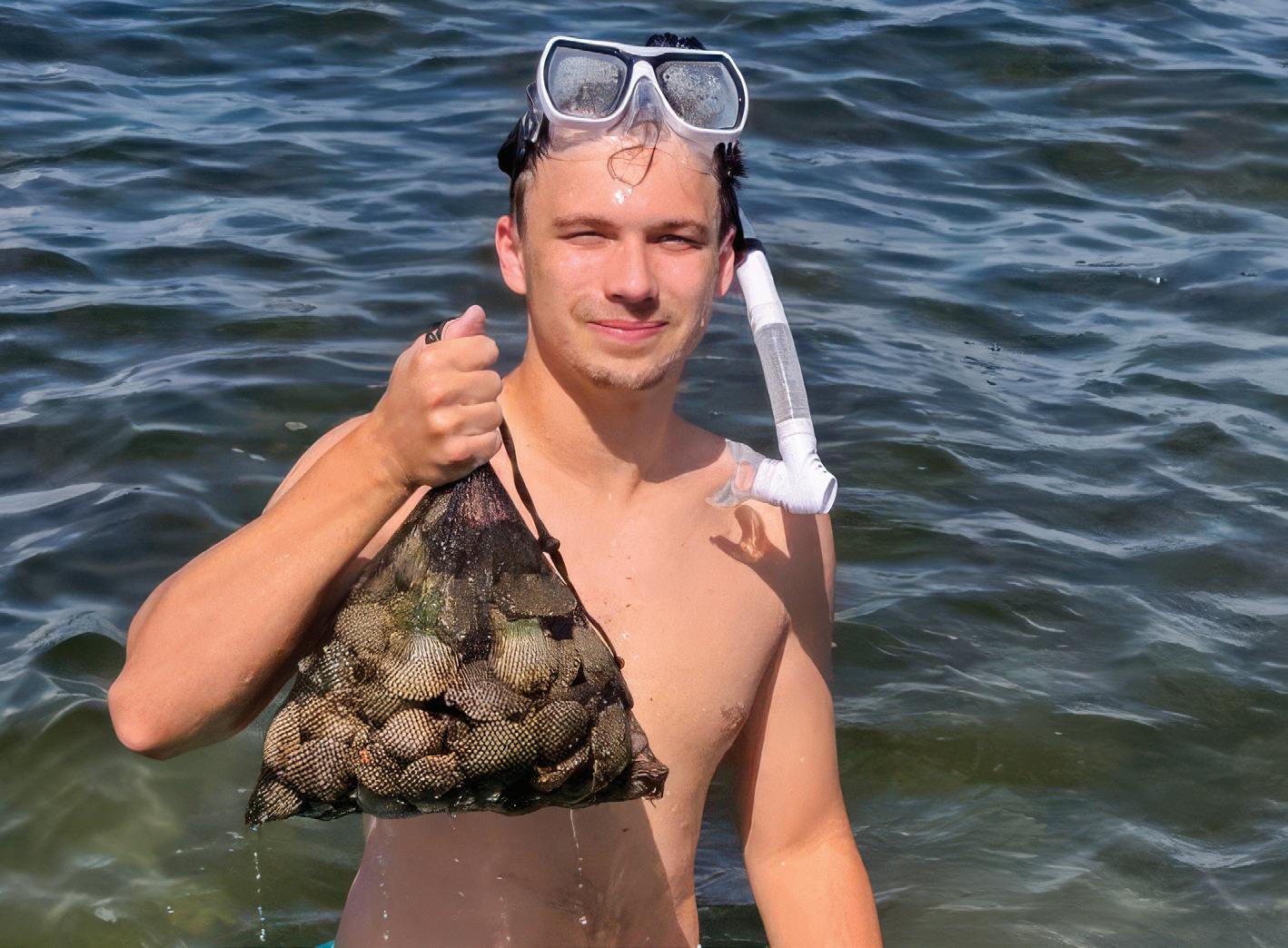
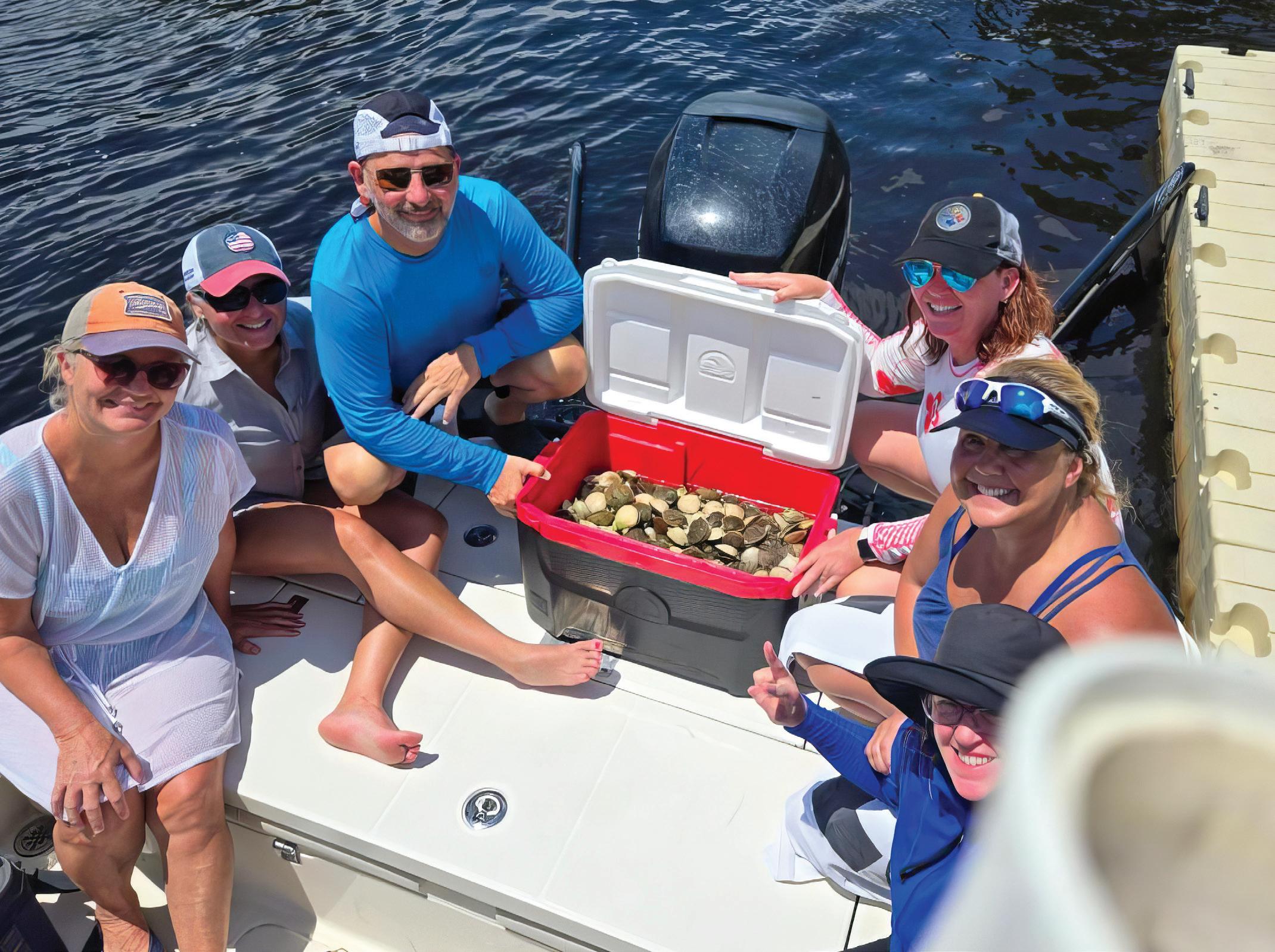


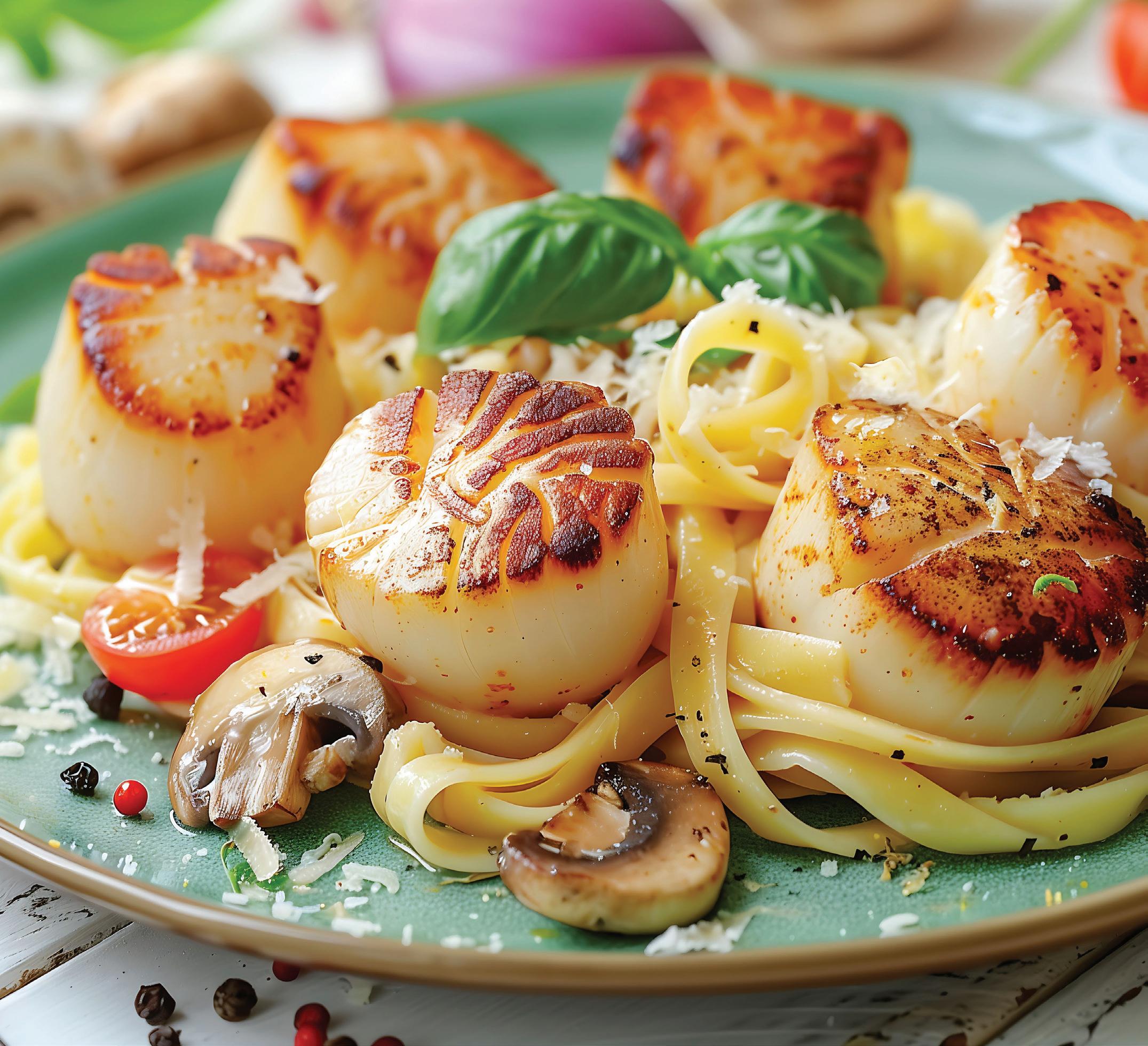
During Curt’s charter trips, he explains how to clean the scallops and remove the meat. Shells are disposed of responsibly, and meat is placed inside plastic bags.
Larry uses a soup spoon to easily remove the meat from the shell.
“It stays flush to the shell,” he says. “You get all of the muscle.”
Locals help clean shells at the pier where Nature’s Discovery tours leave and return. Area restaurants, such as Seafood Sellar & Cafe on U.S. Highway
90 and The Waterfront Social on King’s Bay, both in Crystal River, cook scallops received from snorkelers.
Like sea scallops, bay scallops may be pan-seared with any combination of butter, garlic, white wine and lemon, and enhanced with seasonings such as Old Bay. Larry and Curt say they like to serve their scallops over pasta.
“I make mine with alfredo sauce,” Curt said.
Bay scallops can also be eaten raw. Curt cleans a few on the boat and offers them to his guests to try.
“The meat’s so much sweeter when you eat them raw,” he says.
Hina agrees that raw scallops are delicious, but not everyone is brave enough to try one straight from the water.
“Florida people do,” she says. “Not sure the other people will.” n
For more information on bay scallops and scallop fishing, visit the Florida Fish and Wildlife Conservation Commission’s website, myfwc.com/research/saltwater/mollusc/ bay-scallops.
By Anne Braly
Alcohol-free beverages don’t have to be boring. They can be so flavorful you may rethink your idea of the afternoon cocktail—you may not even catch that the alcohol is a no-show.
Ice cubes
6-ounce can pineapple juice
6 ounces coconut milk
3 limes, juiced
2 tablespoons almondflavored syrup
1 cup club soda, or as needed
4 pinches ground nutmeg
4 lime wheels
4 sprigs fresh mint






Whether it’s due to the rise of the mindfulness movements like Dry January and Sober September, not to mention alcohol-free happy hours, consumers are demanding more thoughtful
Place a few ice cubes in a pitcher. Add pineapple juice, coconut milk, lime juice and almond-flavored syrup. Stir until chilled.
Strain mixture and pour it into four glasses. Top each glass with club soda.
Dust each mocktail with nutmeg. Garnish with a lime wheel and a sprig of mint.






























beverages year-round.
So go ahead, take the plunge and have a mocktail party this summer. Here are some recipes that offer a cooling change for alcohol-free summer sipping.
4 cups strawberries, sliced 1 cup white sugar
8 cups cold water, divided
5 cups ice for serving, or as needed
1 lime, cut into 8 wedges
8 fresh mint sprigs
Mix strawberries, sugar and one cup cold water in a medium bowl. Cover the bowl with plastic wrap, and place in the refrigerator for 4 hours.


Pour chilled strawberry mixture into a blender. Blend on high until smooth. Pour through a wire mesh strainer set over a large bowl; discard pulp and seeds. Stir remaining 7 cups cold water into strawberry juice until it is well combined.
Fill eight glasses with ice. Pour strawberry mixture over ice. Garnish each serving with lime wedges and mint leaves.





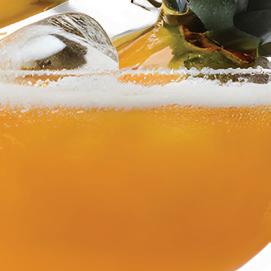



































































2 2-liter bottles ginger ale or cranberry ginger ale, chilled, divided 46-ounce can pineapple juice, chilled
64-ounce bottle white grape juice, chilled
To make ice ring:
Fill a ring-shaped cake pan halfway with ginger ale. Freeze until partially frozen.
¼ cup lime juice

cup orange juice

cup simple syrup
(equal parts sugar and water, cooked on the stovetop until the sugar dissolves)
1 tablespoon agave syrup, optional
Ice cubes
Salt, for rimming the glass, preferably kosher or sea salt
Lime wedges, for garnish
Club soda or lemon-lime soda, to top off the drink



At this stage, you can place edible flowers or pieces of fruit around the ring. Fill pan to top with ginger ale and freeze until solid. Place in punch bowl just before serving.
In a large punch bowl, combine one bottle ginger ale, pineapple juice and white grape juice, add ice ring to punch bowl, and let guests serve themselves.
¼ cup water
¼ cup white sugar
1 tablespoon chopped fresh mint leaves
2 cups crushed ice
½ cup prepared lemonade
Fresh mint sprigs, for garnish
Combine water, sugar and one tablespoon of chopped mint in a small saucepan. Cook and
around the rim of the glass. Dip the rim into a plate of salt to coat it. Add ice.
Fill a shaker or mixing glass with ice cubes. Add the lime juice, orange juice, simple syrup and agave syrup to the shaker. Shake well to combine the ingredients.
3 black tea bags
¼ cup pure maple syrup
1 medium red apple, thinly sliced
2 cups apple cider
Mint sprigs, for garnish
stir until the mixture boils and sugar is dissolved. Remove from heat. Set aside to cool for about an hour, then strain out mint leaves. Fill two cold cups or frozen goblets with crushed ice. Pour half of the lemonade into each glass, and top with a splash of cooled sugar syrup. Garnish each with a mint sprig, and add a straw for sipping.
depending on how strong you like your tea.
Remove and discard tea bags. Let tea cool to room temperature, then refrigerate until cold for 4 hours or up to 12.
Begin by rimming the glass. Take a lime wedge and rub it
















Strain the mixture into the salt-rimmed glass filled with ice cubes. Top off the drink with club soda or lemon-lime soda to add a bit of fizz. Give the drink a gentle stir to mix everything. Garnish the glass with a lime wedge.



In a small pot over high heat, bring 4 cups of water to a boil. Pour boiling water into a large heatproof pitcher or jar.
Add tea bags and maple syrup, and stir to combine. Let steep for 3 to 5 minutes,
When ready to serve, add apple slices and cider to pitcher, and stir to combine. Pour into individual tea glasses, making sure at least one apple slice gets into each glass. Garnish with a sprig of mint.








































NIKON D810, 180mm lens ISO f/6.3200, at 1/25
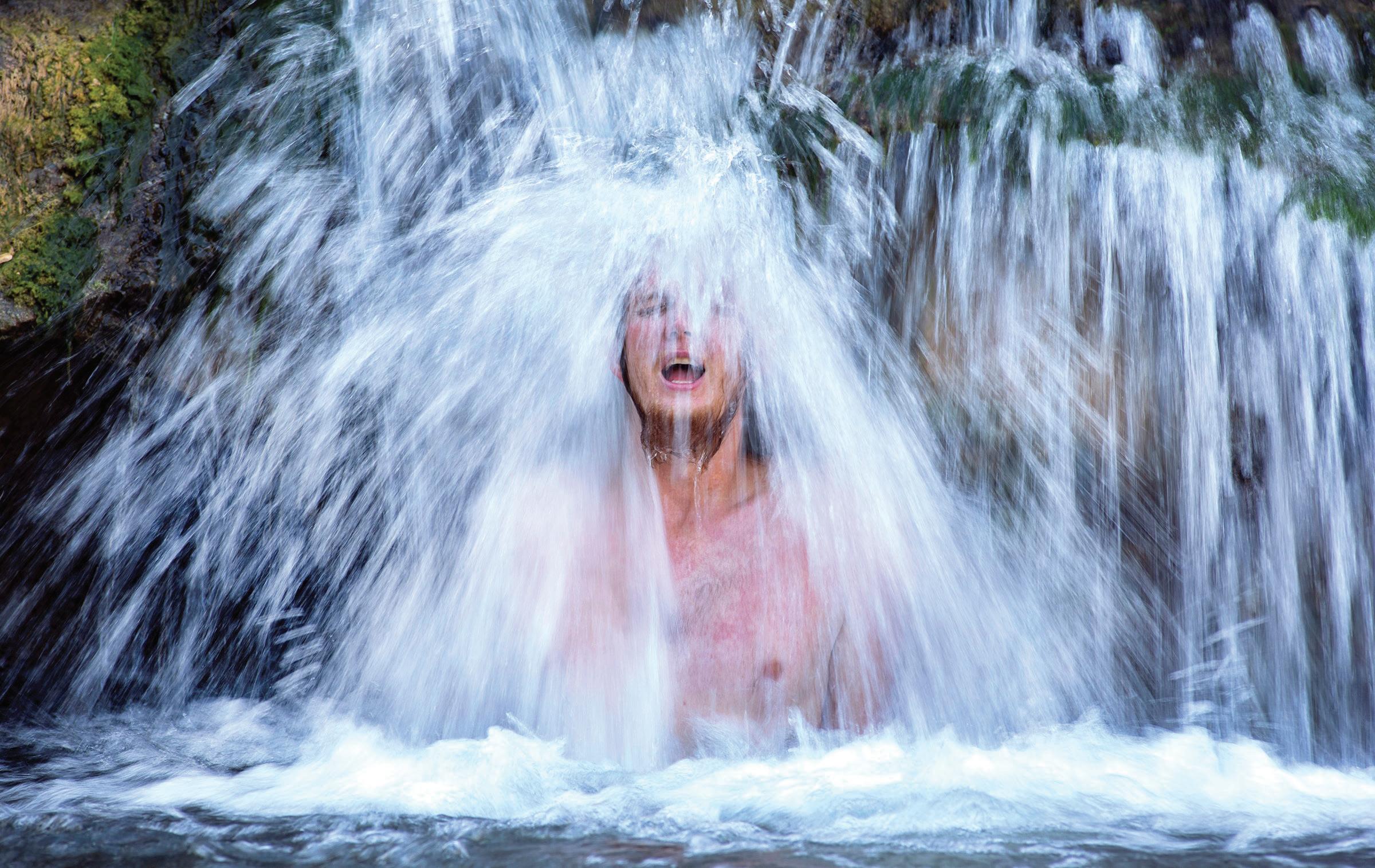
By Dave LaBelle
Most places on Earth get hot—some more than others.
California’s Death Valley is often one of the hottest spots on the planet. States like Arizona and Florida are great places to winter away from the ice, snow and frigid subzero temperatures, but they can be toasty and sometimes suffocating in the summer. As a newspaper photographer, coming up with good weather-related photographs was often challenging, but it’s a challenge I always enjoyed.
I remember an especially hot, bonedry summer working in Kansas when a reporter made a black-and-white photograph of shadowy fingers reaching across a hot, dusty country gravel road. The picture title exclaimed, “Cool as ice.” Several colleagues got quite a laugh about the caption, and one reporter even tacked it to a bulletin board, underlining the title in red.
As always, we looked for creative ways to express the heat.
Last summer, while visiting my home state of California, record-breaking heat swept across its Southern communities. While visiting with dear friends as I worked on a story, I joined them for a dip into the cold waters of a small stream moving through their property. After cooling off myself, I watched as one young man wiggled behind a small curtain of water. Since I had brought a camera, I immediately climbed out of the water and made several images of Nick Rainwater.
I knew that to capture the sensation of the moving water, I needed to slow the shutter speed, which I did. Usually, I shoot at 100 ISO, but the small waterfall was in shadow, so I bumped it up to ISO 200.
Just knowing a little about your camera and what it can do can make a difference in capturing a photograph that expresses what you see and feel. n
There are many ways to express temperature extremes. People bundle up in parkas with faces barely showing or sit on front porches as they fan beads of sweat dripping down their faces. What if you were assigned to make a photograph that communicated extreme temperatures. What would you do? Where would you look?
See if you can capture a photograph that shows people or animals seeing relief from the heat.
Email your best image—just one— with caption information, including an explanation of how it affects you, to gph@pioneer.coop. We may share submissions on our website and social media channels.
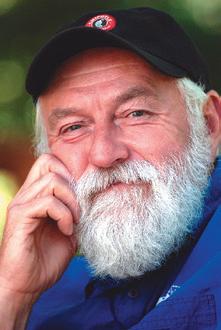
Photographer, author and lecturer Dave LaBelle has captured special moments for more than half a century, sharing photo tips and life perspectives with readers. For more of his writings, visit davidlabelle.com and his blog at bridgesandangels.wordpress.com.
“I never had pain -free feet – UNTIL NOW!”


Made from an extremely elastic blend of nylon, spandex, and latex that contours to each knee offering support and compression where you need it most!
DailyNergy Knee Sleeves are featured with special 3D knitting technology that effective in providing stable pressures to stabilize and support your knee; The braces also keep your knee warm and reduce stiffness; they are the best companion for your daily activities. FOR WORK OR PLAY! - Suitable for all activities and exercises that involve a great amount of stress on your knees. Comes 2 sleeves per package.
Optimal Comfortable Compression - Well-balanced between compression and comfort, these braces disperse the pressure and improves circulation around your knee area. Will provide you an adequate compression without restricting your movements.
4 Sizes to Choose From: Call 1-855-287-1800 Or Visit
16.5"-18.5"
21.5”-25”
To get the right size, Please measure the circumference of your thigh 4” above the center of your knee cap.
Breakthrough design helps improve blood flow, swelling, oxygen flow, and reduce foot fatigue –naturally in as little as 5 minutes!
Good news comes in the form of a painreducing, circulation-boosting sock design from DailyNergy.
Better Blood Flow!
This ‘miracle sock’ is made from proprietary blend of nylon and poly materials, which are optimally constructed to make a DailyNergy sock.
DailyNergy socks feature graduated compression which exerts the greatest degree of compression at the ankle, and the level of compression gradually decreases up the socks. This forces the blood to move upwards, where there is more space.

Breakthrough formula contains 8 different ingredients to help your dog not only feel better but move like they did when they were

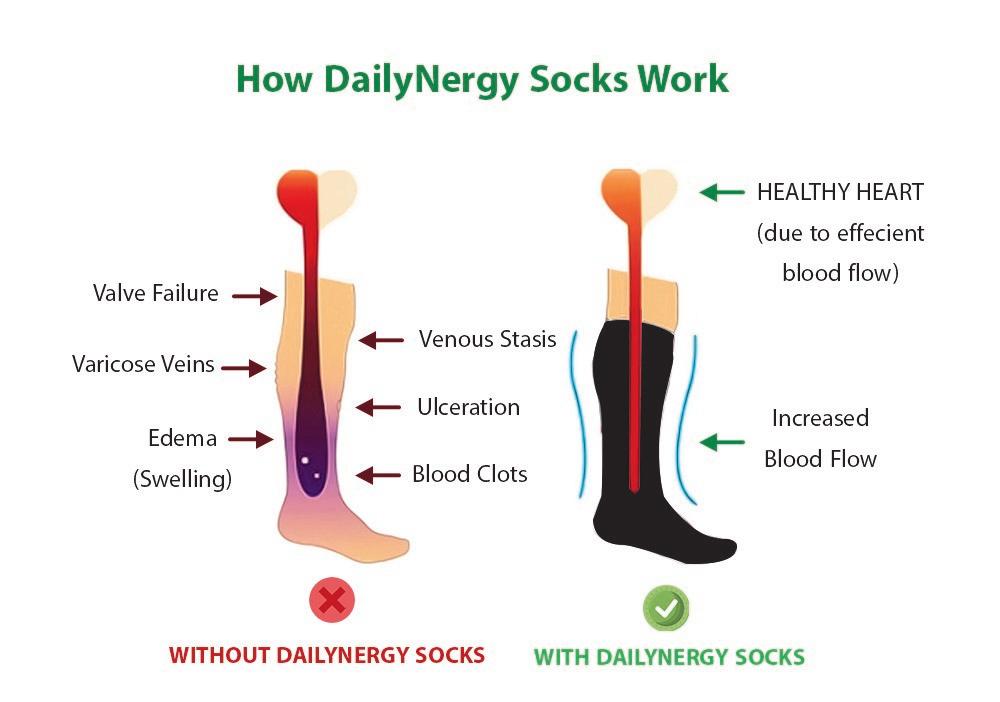




Often a ‘first’ fish, channel cats offer big sport for all
Widespread and abundant, channel catfish frequently get overlooked by their larger-whiskered cousins, blue and flathead catfish.
Although most channel catfish probably run in the 1- to 5-pound range, they can top 50 pounds. Florida’s state record is 44.5 pounds out of Lake County.
Native to Florida, channel cats thrive in freshwater systems throughout the state. The state periodically stocks them across Florida, particularly in small urban or park ponds. They inhabit areas from small ponds and tiny muddy ditches to massive lakes and rivers.
Easy to catch, channel cats make splendid targets for novices, as well as exciting action for experienced anglers. In fact, many top professional anglers started by catching channel cats close to their homes as children.
Channel cats eat almost anything. They love crawfish, small invertebrates, insects, small fish and practically anything they can scoop off the bottom. Some better catfish baits include chicken livers, shrimp, gizzards, crickets, worms, nightcrawlers, minnows, cut fish, shad, fish guts and commercial stink baits—anything with a strong odor. The more it smells, the better channel cats like it. Occasionally, they hit lures but overwhelmingly prefer natural baits.
Even flooded, muddy rivers that look more like chocolate milk than a place where fish might live can provide outstanding catfish action. Catfish love muddy water. With about 10,000 taste buds per square inch of skin, a catfish can detect minute food particles or scents over long distances in the muddiest, darkest conditions. They can distinguish odors down to one part per 10 billion parts of water.
Catfish can even detect live prey with natural “scanners” in their heads. Every living cell emits a tiny electrical field. Catfish use their electrosensors to detect prey at night or in muddy waters. They also acutely sense sound waves far better than most







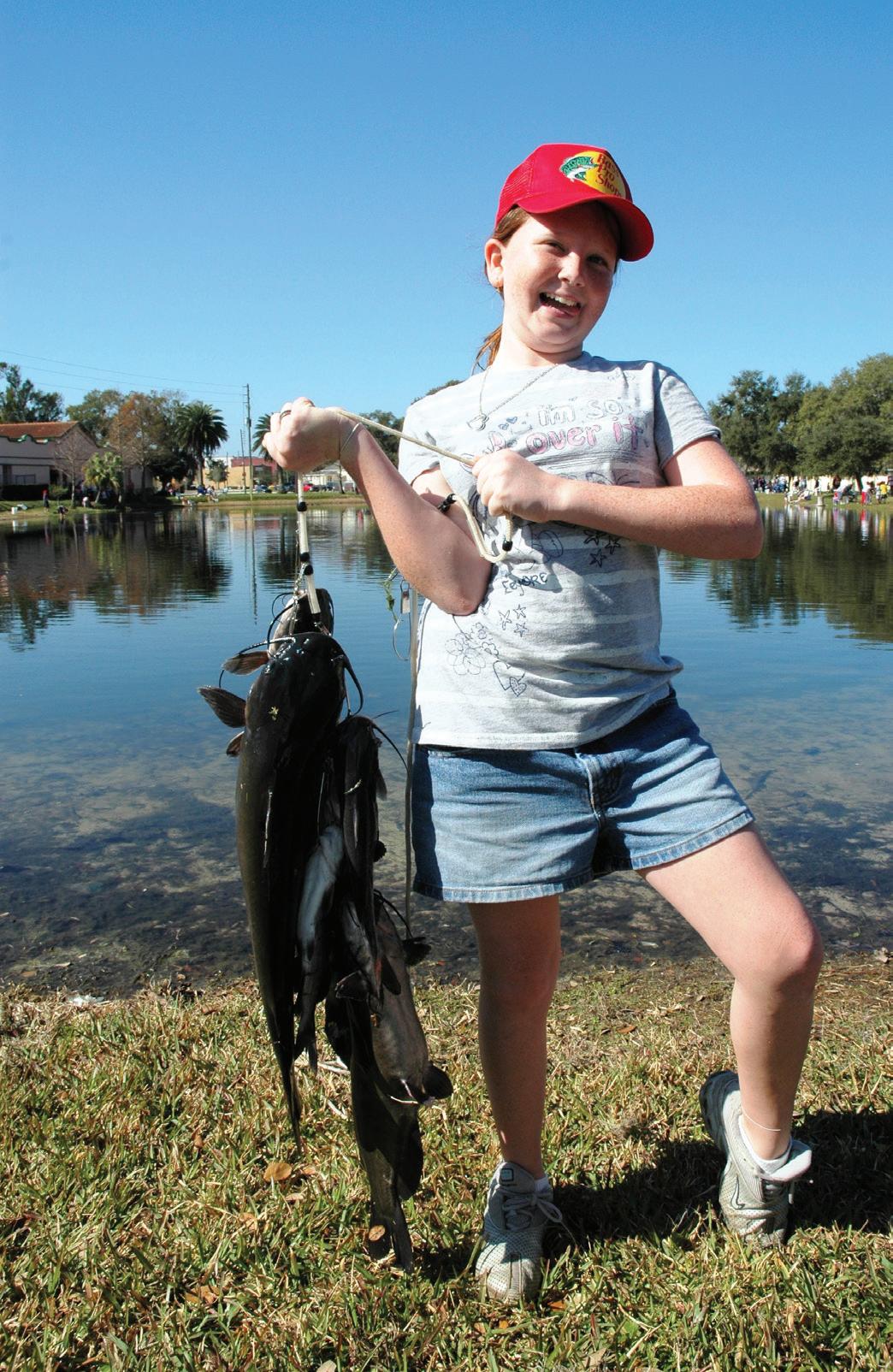

fish. With such highly tuned sensing abilities, a catfish might not take an offered bait, but it will certainly know it’s there.
For best results, fish just before dark, at night or early morning when catfish are most active. Chumming can concentrate catfish in an area. Toss pieces of liver, oily canned pet food, tuna fish, blood or animal entrails into the water. Add just enough to flavor the water and keep catfish interested without feeding them. Then, offer a succulent bait on a hook.
It doesn’t take much finesse to catch channel cats when they want to eat. Dangle a natural bait under a float around logs, fallen trees, stumps, weed beds or other cover. Often, bigger catfish prowl along shoreline drop-offs. If shallow waters don’t produce bites, toss a bottom rig into deep holes and wait.
While many anglers grow out of chasing catfish as they move to other fish like bass or salty species, these whiskered scrappers can still provide excellent sporty action for anglers of all ages and skill levels. They also taste great on the table.
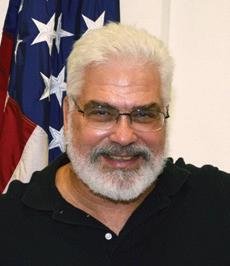
John N. Felsher is a freelance writer, broadcaster, photographer and editor. He’s written more than 3,500 articles on a wide variety of outdoor topics. Contact him at j.felsher@hotmail.com or through Facebook.
home elevators

MODERN SOLUTION
A Stiltz Homelift is a safe, attractive, & affordable alternative to stairlifts. It requires no special machine room, and no supporting walls.
ECONOMICAL & FLEXIBLE
A Stiltz Homelift can t just about anywhere in your house. It has a compact footprint, similar in size to a small armchair. A Stiltz Homelift plugs into a standard home electrical outlet, using less power than a coffee maker.
IT’S NEVER TOO SOON
Some Stiltz customers need a Homelift immediately. But others want to “future-proof” their homes for when the stairs become a challenge.
HOMELIFT SPECIALISTS
Avoid the expense and distress of relocating, or the disruption of adapting your home for downstairs living. A Stiltz Homelift helps you live safely and independently in the home you love.
AARP survey data shows that 77% of adults 50 and older want to remain in their homes for the long term. At Stiltz, we’re here to help you stay in your home you love. It’s easy.
“I can’t imagine what we’d do without it. I wish we had installed our Stiltz Homelift several years ago!”
– Mr. James, Roanoke, VA
Stiltz is a world leading Homelift manufacturer, so you’ll be in good hands. Your elevator will be installed and maintained by Stiltz trained professionals who truly care about your freedom. • Affordable
• Small Footprint
• Full Safety Features
• Clean, Quiet Operation
• Low Power Consumption
• Freestanding Design
• Wheelchair Accessible
• Carry Laundry or Pets
• Fast Installation
• Full Warranty
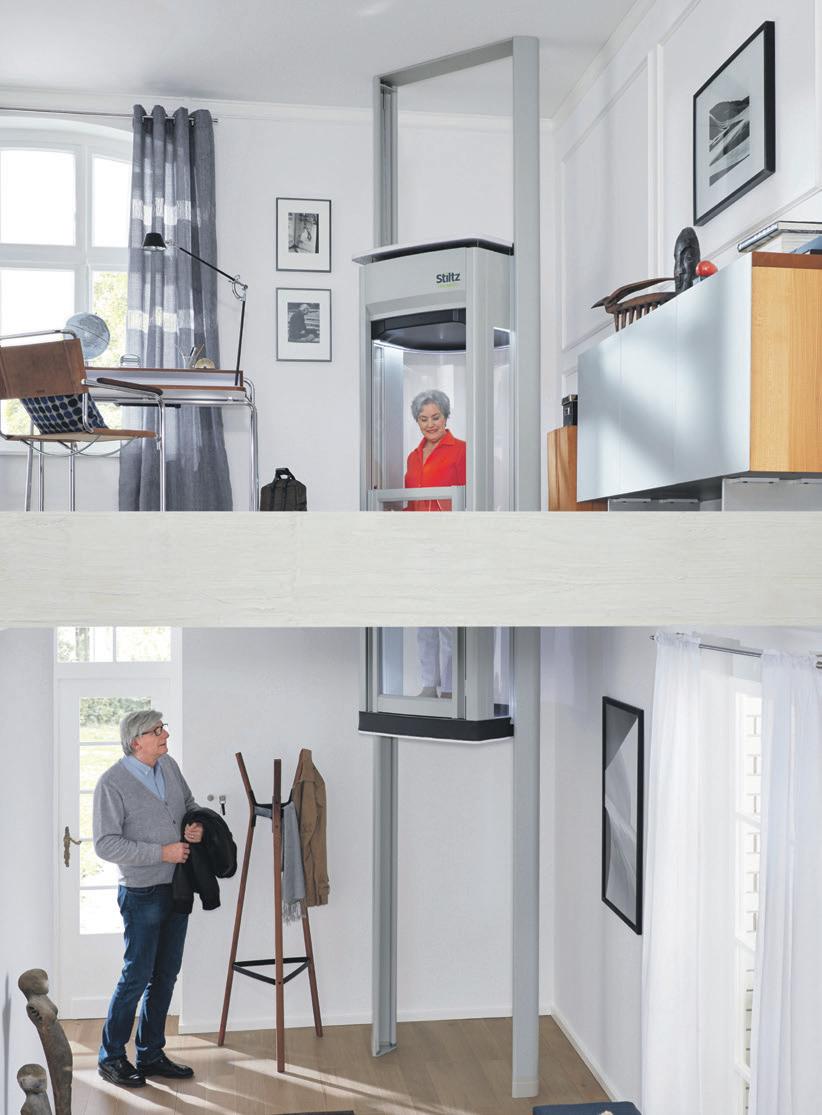




All ages can find something new and exciting around every corner of the state. Filled with rich history, abundant natural beauty and diverse events all year, Florida has something fun for everyone.
July 2-6
Key Lime Festival


Key West’s annual Key Lime Festival celebrates the world’s most sensational citrus with an array of festivities across the island where Key lime pie was conceived. Over five days, lovers of the lime can indulge in a full menu of activities, including a kickoff cookbook signing with festival cofounder and “Key West Key Lime Pie Cookbook” author David Sloan; Key lime-centric dinner and brunch events; a world-famous Fourth of July Key lime pie eating contest; and a gravity-defying Key lime pie drop competition from the top of Key West Lighthouse. www.keylimefestival.com; 305-295-9112
July 3
Beach Summer Concert Series
Hot summer nights are made for music, and this summer concert series has become a beloved summertime tradition in Panama City Beach. Enjoy a free concert at 7 p.m. in the park every Thursday at Aaron Bessant Park Amphitheater. July’s concerts include Last Left, a classic rock band; The Will Thompson Band, playing a variety of genres; Still Standing, an Elton John tribute band; and Bee Taylor, featuring Americana, pop, soul and funk music. Bring your lawn chairs and blankets, and enjoy the sounds of summer music. Coolers, food and pets are welcome. bit.ly/3Tem4YD; 850-233-5070
July 3
Truman Waterfront Farmers Market

Shop with a view every Thursday from 2-7 p.m. at Truman Waterfront Farmers Market on the harbor by the USCG Ingham Museum. Find great food options, including ready-to-eat items, fresh Florida produce and other grocery items, along with gifts, home decor, art and more. Located at the corner of Southard Street and Weech Way.
keysartisanmarket.com; 305-731-3385
July 4
Annual Fireworks Show by Jaycees
Join the Jaycees and the town of Lake Placid for this annual show. The show begins at 9 p.m., so be sure to settle in at your viewing spot by then. The fireworks are launched over the northeast cove of Lake Junein-Winter. Viewing is best by boat or shoreside at Lake June-in-Winter Park, 501 Jackson Road, or H.L. Bishop Park, 10 Lake June Clubhouse Road.
863-465-4331


July 4
Flora-Bama All-American 4th of July Party
The Fourth of July is a great day to celebrate our nation’s birthday at Flora-Bama. Come enjoy the beach, listen to live music and watch the fireworks from the beach at night. Fireworks start at 9 p.m. Bring your family and friends for a day of fun on the beach.
www.florabama.com/4th-of-july-party; 251-980-5118









July 4
AMI Privateers 4th of July Parade
It be Fourth of July parade time, mateys. The parade begins at 10 a.m. and routes from Coquina Beach to Anna Maria City Pier. This parade involves the use of water by most participants, so you may get wet. Do not throw water balloons or use high-pressured water nozzles or guns on any participants.
bit.ly/4jLdknD; 941-650-8673
July 5
Into the Woods: Artist’s and Farmer’s Marketplace


You are invited to the inaugural Artist’s and Farmer’s Marketplace. Set on 6 acres, this homestead is a thriving hub of honey bees, fresh vegetables and exquisite pottery, making it the perfect destination for artisans, farmers, makers and bakers. Come explore exceptional products from talented creators while enjoying the peaceful surroundings. 850-679-4750
July 5-31
Studios of Key West: Mango Madness
Close out the season with a splash of color and creativity this summer members’ exhibition and an annual tradition, bursting with more than 120 works of art by local creatives. From mango-themed masterpieces to unexpected delights, it’s a feast for the eyes—and taste buds. The Coconut Koalas play music on the roof from 6-8 p.m. tskw.org/mango-madness; 305-296-0458
July 13
Vintage Fest


Pensacola Vintage Collective again hosts the Panhandle’s largest vintage clothing event at Pensacola Interstate Fairgrounds. The main expo hall includes more than 75 of the area’s best vendors of vintage clothing, styles and genres dating from the 1950s to 2000. Last year’s event saw more than 1,000 patrons shopping the highly curated and specialized vintage clothing booths. Word has spread that Pensacola is a hotbed for vintage clothing, and dealers and shoppers are traveling from neighboring states to be part of this event. There are food trucks on-site to fuel your day of shopping.
www.pensacolavintage.com; 850-221-6213
July 19
Christmas in July Vendor Fair
Join the Sebring Chamber of Commerce from 10 a.m. to 4 p.m. at Historic Circle Theatre for the Christmas in July Vendor Fair. The event is free and features more than 30 local vendors showcasing their unique crafts and goods. While you shop, let the little ones explore Santa’s Workshop, filled with delightful activities. Enjoy refreshments and participate in exciting raffles for a chance to win prizes. 863-385-8448


July 9
Red, White and Blues Week
The Blue Angels perform over Pensacola Beach on Santa Rosa Island. Locals and visitors look forward to the annual Pensacola Beach Air Show every summer. The show highlights hometown heroes—the Blue Angels—the U.S. Navy’s flight demonstration squadron stationed at Forrest Sherman Field aboard Naval Air Station Pensacola. The Blues hold several practice sessions along the beach in the days leading up to the big event on show day. www.visitpensacolabeach.com/what’s-happening-blue-angels; 850-932-2257
July 26
Christmas in July


Come shop local at the historic downtown Pensacola social club. The Woman’s Club of Pensacola was organized in 1920 and have been tucked away in this downtown location since 1932. A variety of vendors offer products to help attendees start their early Christmas shopping at this indoor arts and crafts shopping event. The clubhouse is at 1551 E. Heinberg St. There is no need to stop for lunch, as a chicken salad entree is available for purchase. 850-207-0295
July 26
Hemingway 5K Sunset Run
Join fellow runners and walkers for this 36th annual run. Final registration for the evening race is at Southernmost Beach Cafe, 1405 Duval St. New for 2025, the race is to start and end at the Southernmost Point Buoy/ Marker. The run is followed by a beach gathering with awards, raffles and live entertainment. www.keywesthalfmarathon.com/hemingway-event-details
July 26
U.S. 5K and Half Marathon
The race starts at 8 a.m. at Conservation Park Trailhead. Packet pickup starts 30 minutes before the race and ends 10 minutes before it starts. All runners must register on RunSignup. There is no on-site registration. bit.ly/4dV7BKH
Want to share a family-friendly event with the readers of Florida Currents? Head online and enter the details at tinyurl.com/FloridaCurrents or use the QR code for easy access. Make sure to submit the item at least 60 days before the event (due to press deadline). If you own rights to a print-quality photo promoting your event, include it with photo credit information.




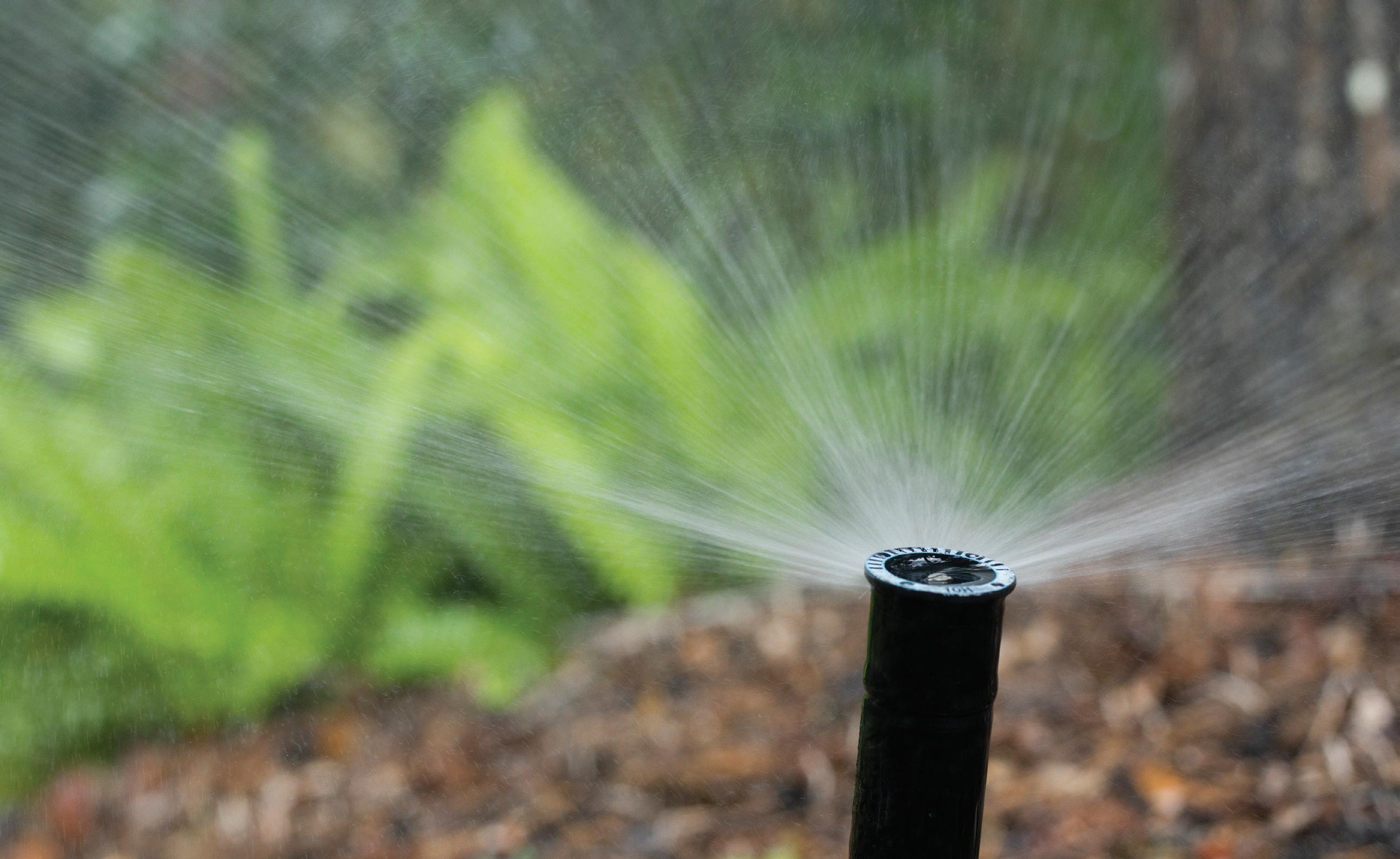
When it’s hot and dry, it’s important to think of water conservation.
In Florida, more than 50% of potable water is used for lawns and landscapes in residential areas. The goal is to keep plants alive while conserving water.
Here are a few adjustments you can make to your lawn and landscape to help plants survive drought conditions.
Observe your plants carefully and water when you notice wilting. It’s natural for plants to wilt in the middle of the day in direct sunlight, so check them for water stress in the morning or evening.
Increase your lawn’s mowing height to encourage a deeper root system, which can better withstand drought.
Top-dress your lawn and landscape beds with compost to increase the soil’s moisture-holding capacity.
Apply 2 to 3 inches of mulch to landscape beds to reduce evaporation. Learn more about Florida-friendly mulches at edis.ifas.ufl.edu/publication/EP626.
Remove weeds from garden beds to reduce competition for water.
Place saucers under potted plants. To retain water.
Install a rain barrel or a rain garden to capture rainwater.
Water between 4 and 8 a.m. when it’s coolest and evaporation rates are low. Be sure to follow local watering restrictions per your water management district. Check your irrigation systems to make sure they are working properly. Clean filters and fix any breaks or leaks. Remove plants not well-suited for your landscape and replace with droughttolerant plants, such as muhly grass, beach dune sunflower, saw palmetto and firebush. Now is a good time to make
sure you have the right plant in the right place.
It’s important to conserve the water used for lawns and landscapes to save potable water for more important uses, such as drinking. As Florida’s population continues to grow, the state faces potential water shortages in the coming years. Water conservation is the best and cheaper option compared to the cost of alternative water supplies, such as desalinization.
To learn more about Florida’s drought, visit sfyl.ifas.ufl.edu. For more information on lawn management during a drought, visit bit.ly/4kNyPFF. A list of drought-tolerant plants can be found at bit.ly/4jgjqMT.
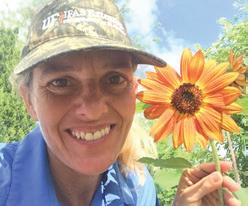
Tia Silvasy is a residential horticulture and Master Gardener volunteer program coordinator with UF/IFAS Extension Hillsborough County.








































Power surges can happen in an instant, damaging your valuable appliances and electronics. Whether caused by lightning, tree limbs, small animals, or large appliances cycling on and off, these electrical spikes can be costly.
A meter-base surge protector is your primary safeguard. Installed directly on your electric meter, Escambia River Electric Cooperative’s surge suppressor helps protect motor-driven appliances such as your refrigerator, air conditioner, washer and dryer.


For sensitive electronics—such as computers, gaming systems and TVs—point-of-use surge protectors rated at 600 joules or higher can provide extra peace of mind.
Getting Started is Easy



We will install the equipment for $25. After installation, an equipment lease fee of just $5 per month (plus tax) applies. There is no cost to replace if the equipment goes bad.





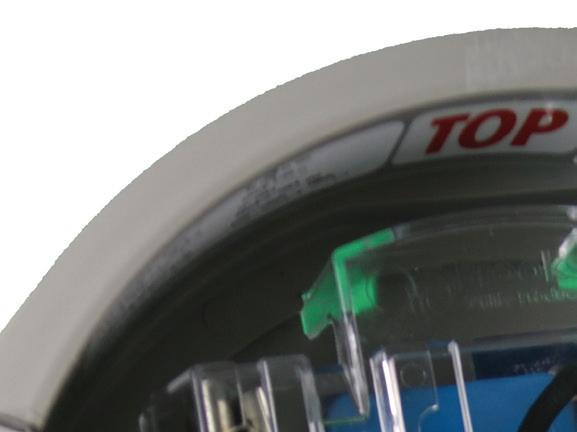

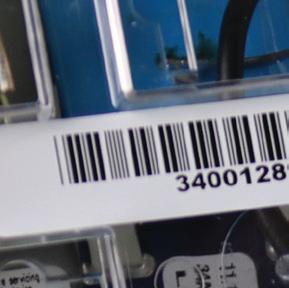
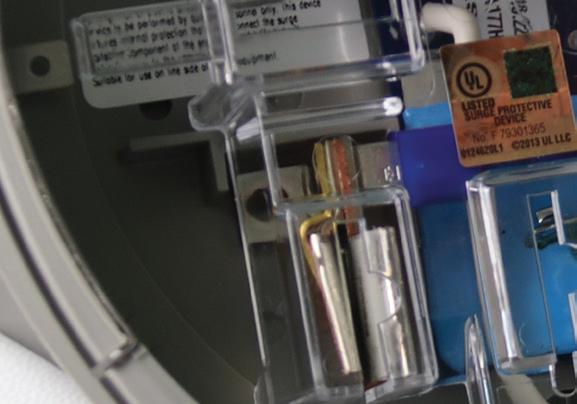

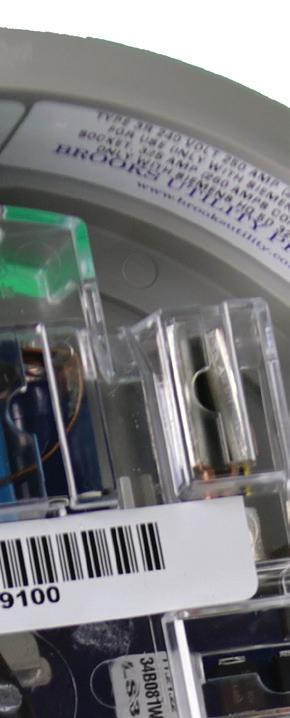




To sign up, visit www.erec.com/your-account/forms. Questions? Call us at 850-675-4521 or toll free at 800-235-3848.


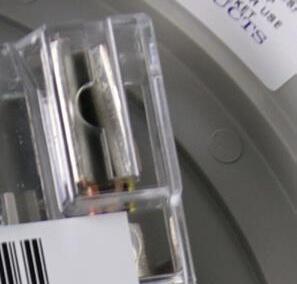










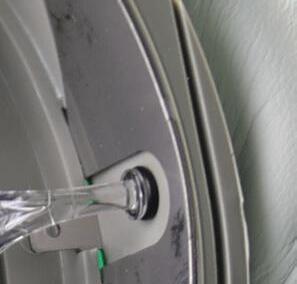
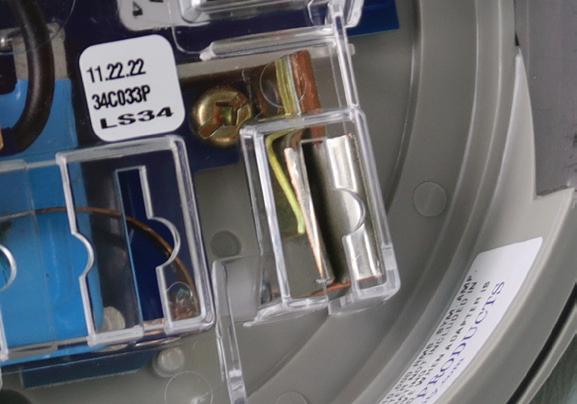











Southern & Sweet southernandsweet25@gmail.com 4375 Highway 4 Jay, FL
Check them out on Facebook.

Southern & Sweet is a charming dessert cart in the Jay area, serving up a rotating menu of homemade treats. From cupcakes and cookies to oatmeal creme pies, there’s always something fresh and delicious to try. Each day brings new goodies, so be sure to follow its Facebook page to see what sweet surprises the cart has in store.
The Rustic Rooster rusticroostermarket@gmail.com 10251 Highway 97a McDavid, FL
Check them out on Facebook.
The Rustic Rooster Market’s grand opening is July 7 in McDavid. This is a family-owned deli, antique and farmers market all in one, offering a mix of local handmade soaps, candles, dip and soup mixes, charcuterie boards, antiques, and more. Whether you’re shopping for a special gift or just browsing, this spot is sure to have something you love. Stop by and support a local business that’s all about community charm and quality goods.
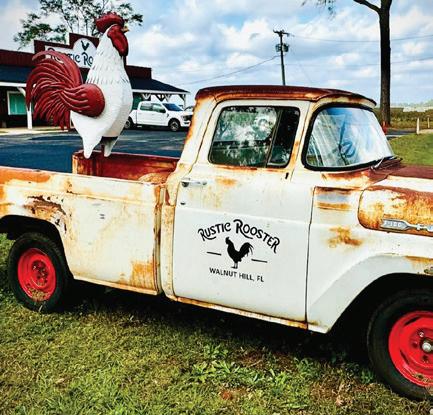
Businesses hold small, rural communities together. Let’s keep local businesses thriving. From manufacturing and industrial to service and retail, businesses provide jobs to keep young people in the area and improve our quality of life. If your business is in Escambia River Electric Cooperative’s service territory, and you want to have it spotlighted here, submit information to Cortney Owens at cowens@erec.com.
This N’ That Guidelines
This N’ That Submit an ad by the first of the month to see it here.
N’ That For Sale Trains/Layout HO Scale. New or slightly used. 2 full train sets/1 slot car set. Can send photos. $1,299 OBO. Leave message, 850-359-1395.

To continue to provide This N’ That in every issue of Florida Currents, we ask members to adhere to the guidelines listed below when submitting an ad. If an ad does not meet the criteria, it is not published. EREC provides This N’ That ads for the convenience of our members. EREC is not responsible for the content of the ads. EREC does not endorse or warrant the products or services offered in the ads. There is no cost to place an ad in This N’ That. The ad submission deadline is the first of each month and is printed in the following month.
•Members may submit one ad per issue (12 times a year)
• Ads must be 25 words or fewer. • Ads must be typed or printed legibly in ink
registered businesses may run an ad
changes after ad submission • No event promotion is allowed • No firearm sales are allowed.
ads to: Florida Currents, Escambia River Electric Cooperative, 3425 Hwy 4, Jay, FL 32565 or email to: cowens@erec.com. You can also send with your bill payment or submit ad at www.erec.com/community/this-n-that This N’ That Ad Submission: PLEASE PRINT LEGIBLY. DEADLINE IS THE FIRST OF EACH MONTH. Please circle the category that applies: For Rent For Sale Real Estate Free Miscellaneous Trade Wanted Items: Name: ____________________________________________________________________________
Mail ads to: Florida Currents, Escambia River
3425 Hwy
or email to: cowens@erec.com. You can also send with your bill payment or submit ad at www.erec.com/community/this-n-that







































By Molly Christian, NRECA
Electric cooperatives are applauding a recent series of actions announced by the Environmental Protection Agency. These actions would alleviate reliability and cost challenges for electric co-ops across the United States.
The EPA said it will review and reconsider the Biden administration’s power plant greenhouse gas rule. The agency plans to reconsider other rules hindering America’s energy dominance, including the mercury and air rule, ozone transport rule and power plant wastewater rule. It will address a number of fundamental problems with the coal ash program and take other actions to unleash American energy while protecting the environment.
The National Rural Electric Cooperative Association, the national trade association that represents electric cooperatives in Washington, D.C., flagged concerns with these rules in a
letter to EPA Administrator Lee Zeldin in January. NRECA CEO Jim Matheson met with Lee at EPA’s headquarters to discuss these issues.
The letter served as a policy roadmap recommending ways the EPA could address harmful regulations for electric co-ops while ensuring reliable and affordable power and promoting a healthy environment.
The recent EPA announcements are another critical step that puts our nation on a path toward a more reliable and resilient electric grid—and not a moment too soon. The demand for electricity is skyrocketing, yet unrealistic public policy decisions are forcing always-available generation resources to retire faster than they can be reliably replaced.
Electric cooperatives appreciate the EPA’s recent actions that could bolster American energy dominance with sound policies that protect our environment—without leaving American families in the dark.

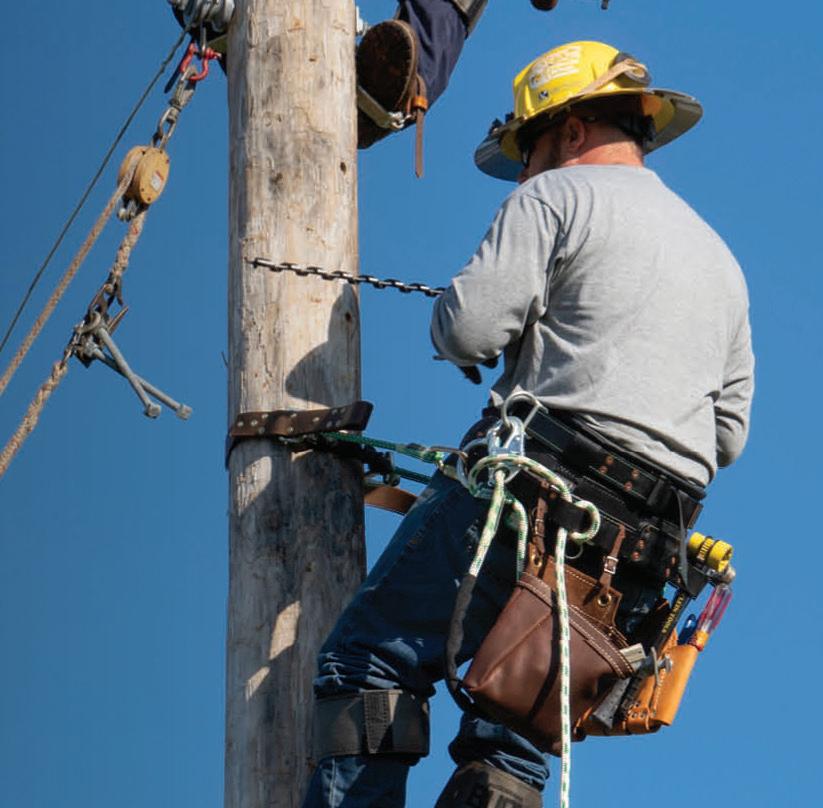
Outdoor water activities and electricity never mix because water is a powerful conductor of electricity. When electrical devices or cords come into contact with water—like at a pool, lake or beach—it can cause serious electric shocks. Keep all electrical items far away from water and always follow safety rules when you’re outside near water.


Read the sentences below, then unscramble the bolded letters to complete the safety tips.

1. Never touch electrical csevied, switches or plugs when your hands are wet.
2. Always place lacertceil items like radios, speakers or lights at least 10 feet away from the water’s edge.


3. After using outdoor electronics, ngulup them and store them away from water to prevent accidents.

4. Keep extension dsroc far away from water sources to prevent tripping hazards.


5. Always pay attention to “no wmsinimg” signs, whether at the pool, beach or lake.



From lakes to the ocean and parks to beaches, Florida’s geography is vast and beautiful. Some of you have views from your homes that rival the views of national parks.
From time to time, we share some readers’ photos in this space. If we use your photo here, we will send you your choice of a $25 gift card to REI or Amazon.
To submit your photo, email a JPEG file to photos@floridacurrents.com. Include “Before You Go” in the subject line. Please share a bit about what inspired you to make your photo.

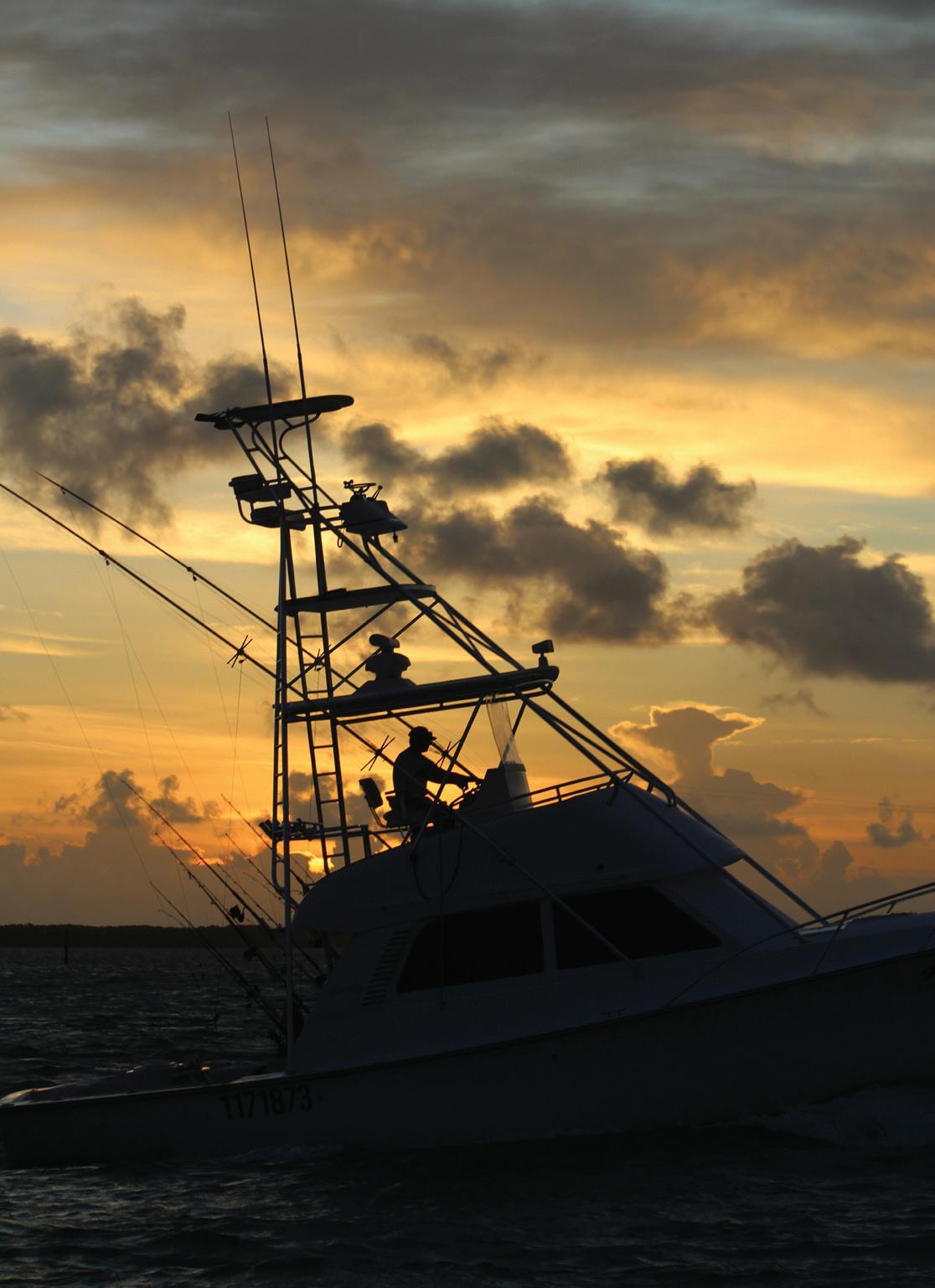


•
•
•
•
•
•
•
Always be cautious of unsolicited calls—or in-person visits—to your home from companies claiming to conduct energy audits.
These are typically telemarketing firms that claim to be a third-party company or pose as a representative from your electric utility to gain access to homes and sell services with the promise of government rebates.
Many electric co-ops provide energy audit services, but they are typically scheduled at the member’s request.
Source: Better Business Bureau
www.erec.com
JAY OFFICE WALNUT HILL OFFICE
3425 Highway 4 4950 Highway 99A
P.O. Box 428 (mail) Walnut Hill, FL 32568 Jay, FL 32565
PHONE NUMBERS
850-675-4521 800-235-3848
Walnut Hill Post O ce: 850-327-4122
OFFICE HOURS
7:30 a.m. to 4 p.m. Monday through Friday
STAFF
Ryan C. Campbell, P.E., CEO
Sonya Dooley, Director of Finance and Administration
Lanie Sells, Director of Engineering
Glenn White, Director of Operations
Cortney Owens, Manager of Communications
Derek Bridwell, Manager of Information Technology
Crystal George, Manager of Accounting
TRUSTEES
Escambia County
Brian Davis
James E. Hall
Ernie Hester
Sam Walker, Vice President
Gary Wiggins
Santa Rosa County
Mickey Diamond
Rick Hunsucker, President
Philip Marshall
Wesley Scott
Dale Westmoreland, Secretary/Treasurer
The board of directors meets at 5 p.m. the third Monday of each month at the cooperative’s Jay office.
FOR POWER OUTAGES
Call 877-OUT-EREC or 877-688-3732. For emergency conditions, call 911.
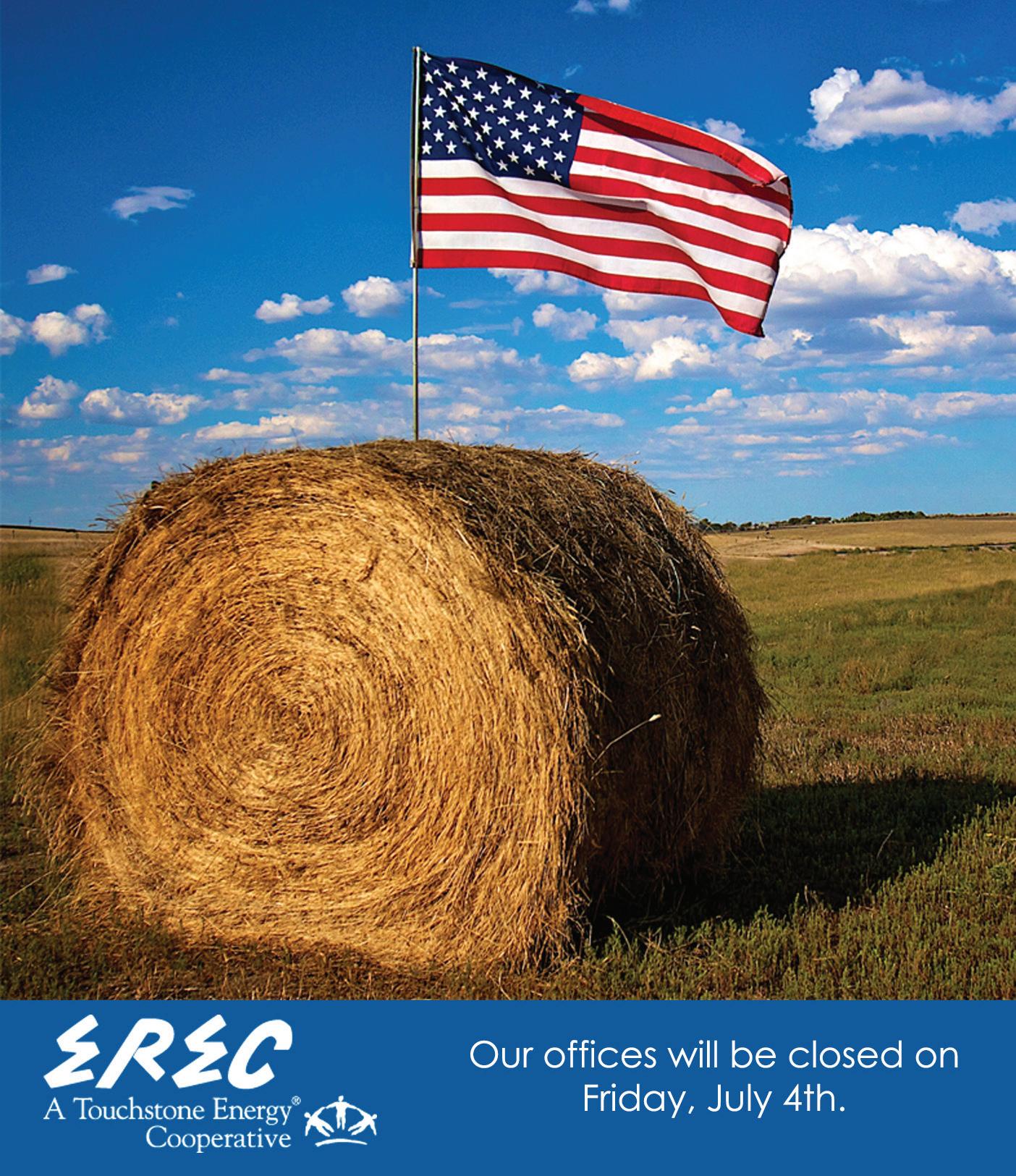
When you call EREC with a question about your bill, please have your account number. This allows us to serve you in the most efficient manner possible. Your bill is due and payable upon receipt. Payment may be made by mail, at www.erec.com, at our night depository at the co-op office or in person at the co-op office. We ask you to allow five days for mail and delivery to ensure we receive your payment on time. Your electric service is subject to disconnection if payment is not received in the office by the collection date, even though you may have mailed the payment. Accounts not paid within 15 days from the date printed on the bill will receive reminder notices showing the account will be disconnected if not paid. Return check charge is $25 or 5% of the check, whichever is higher.